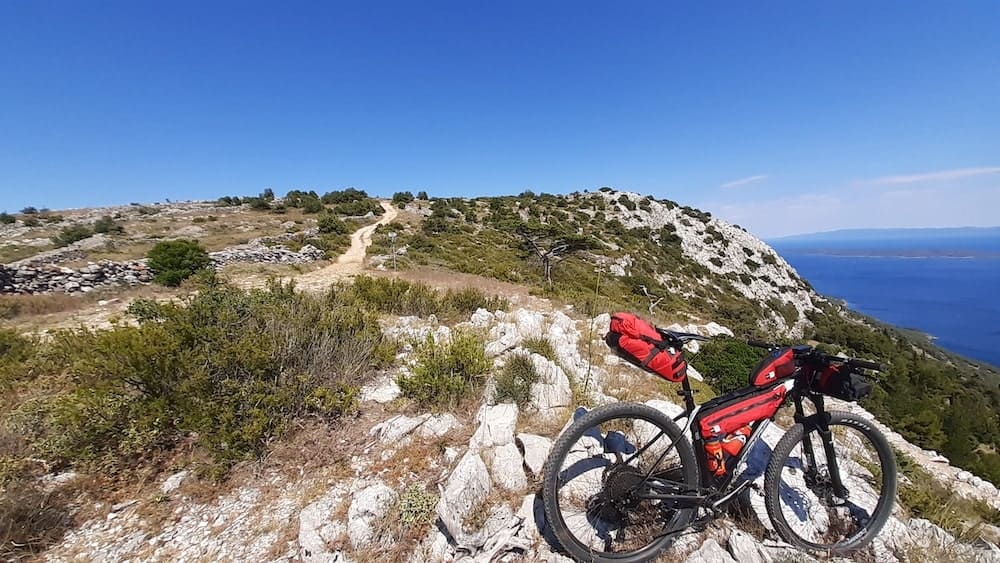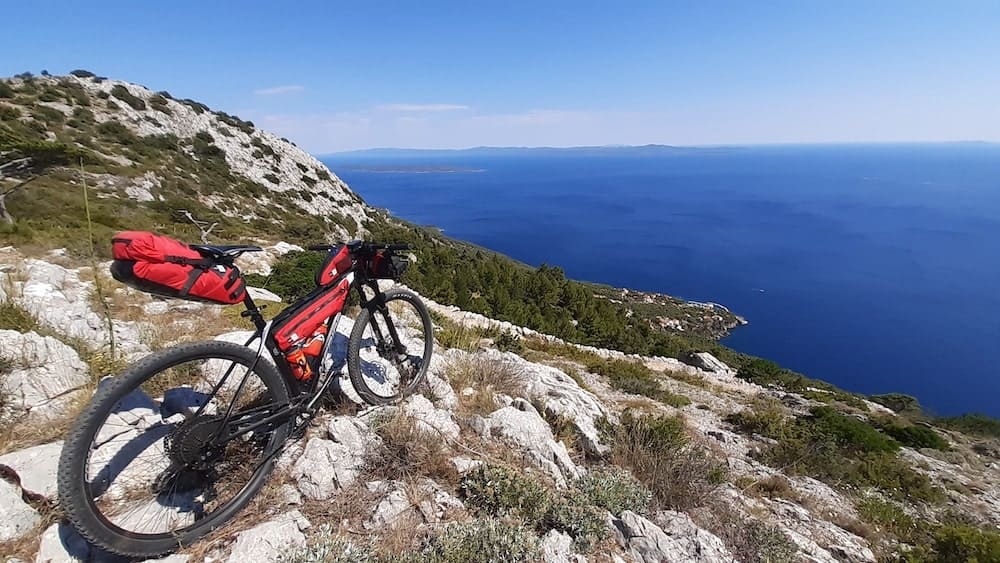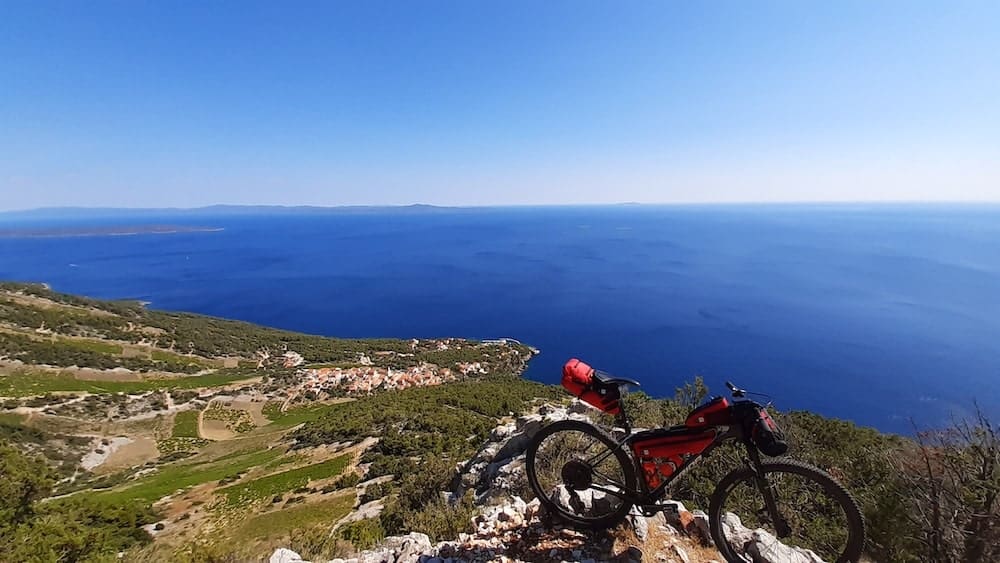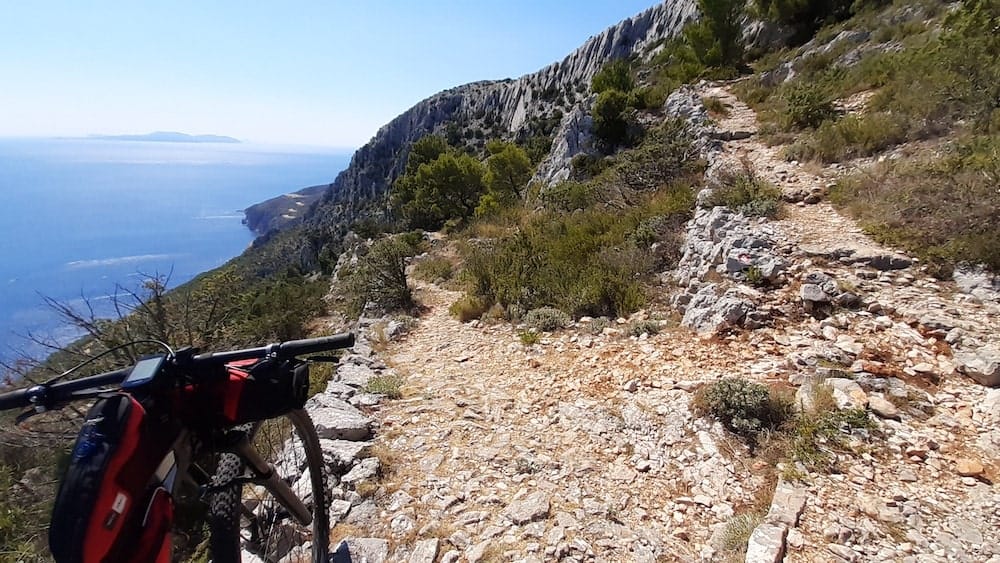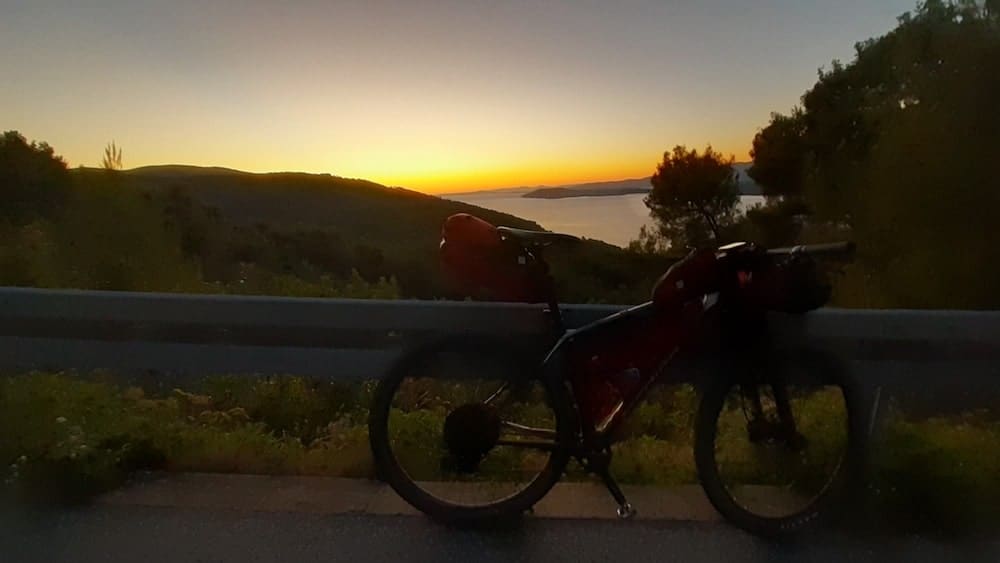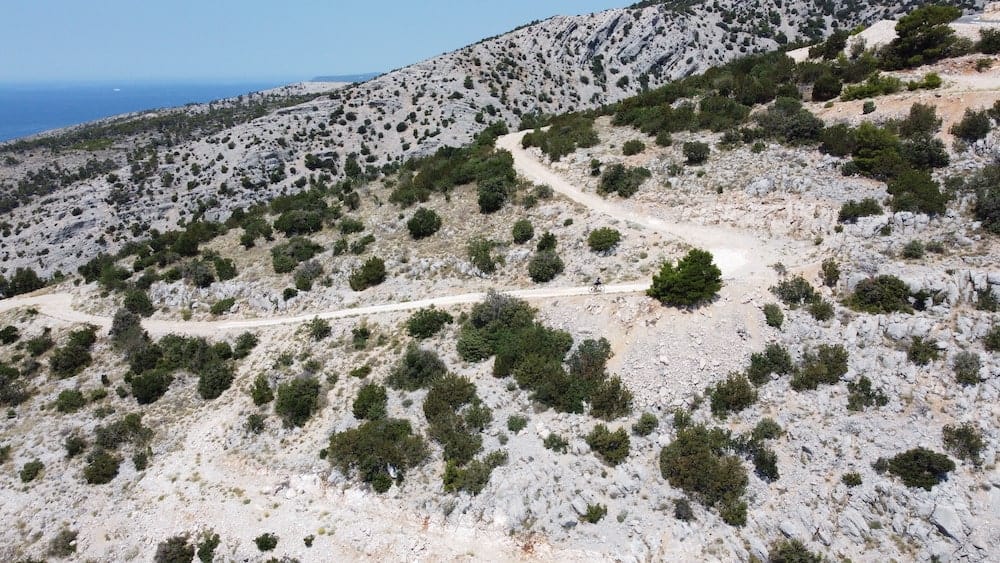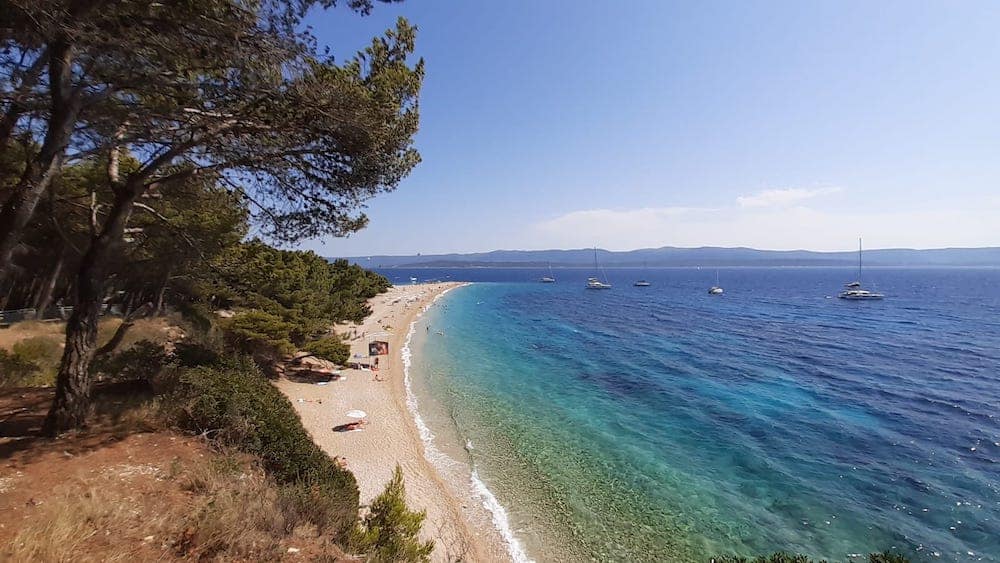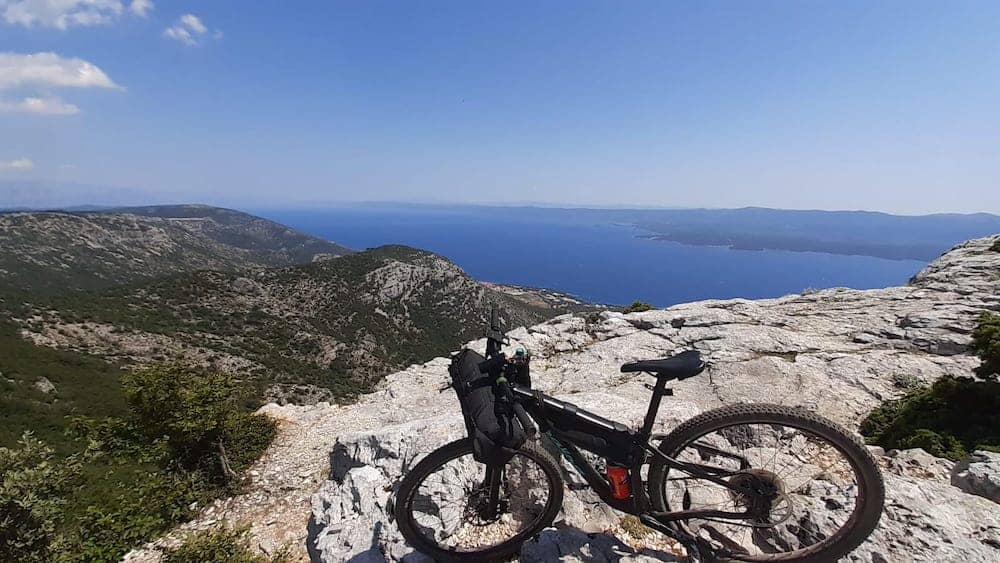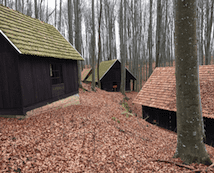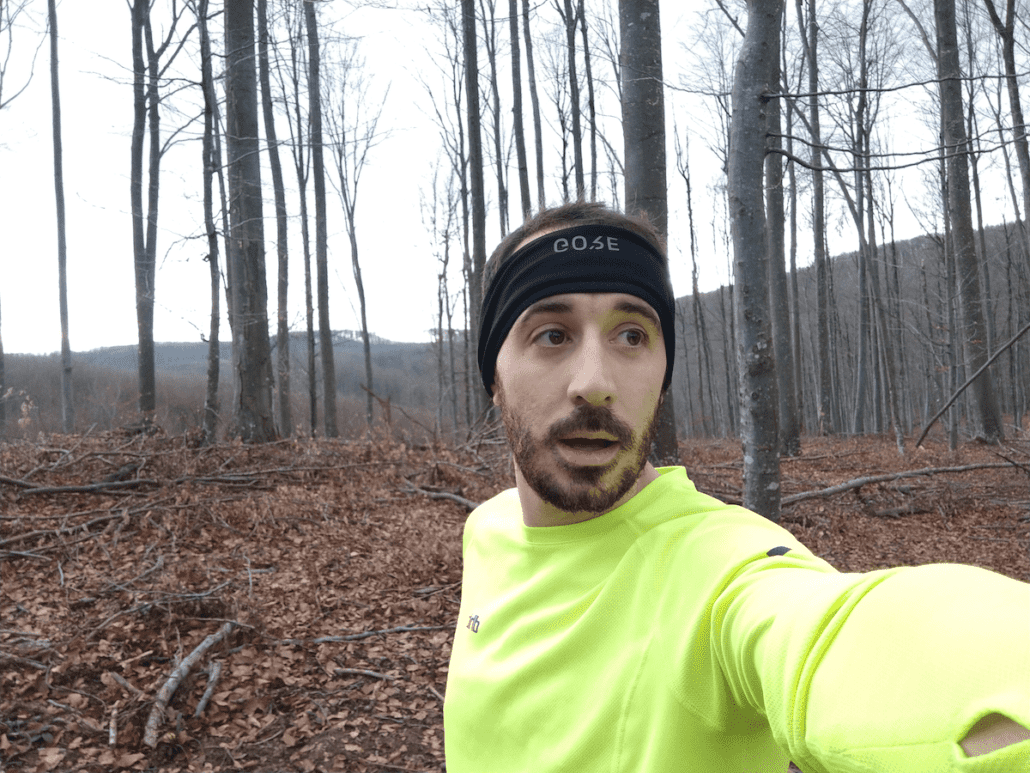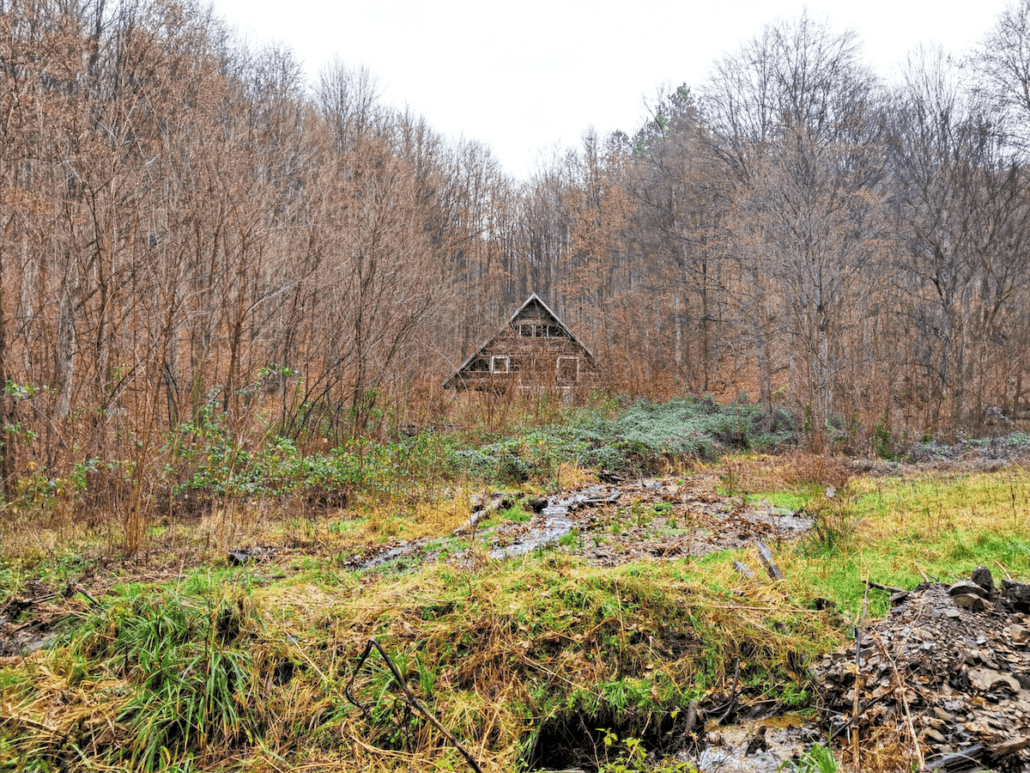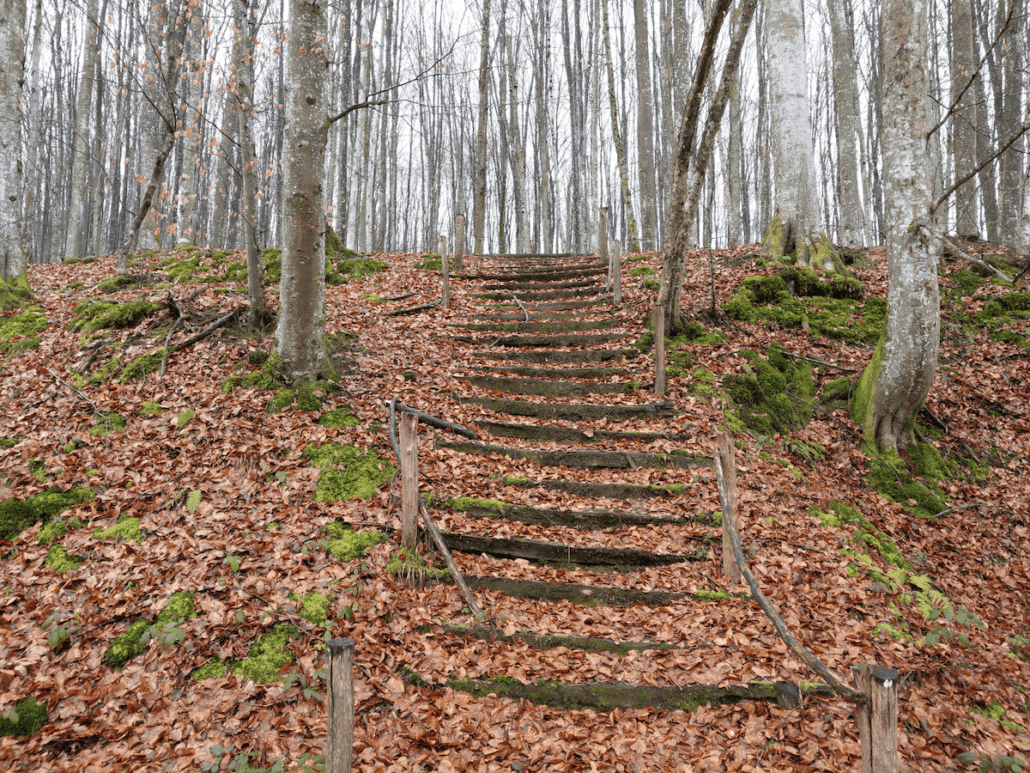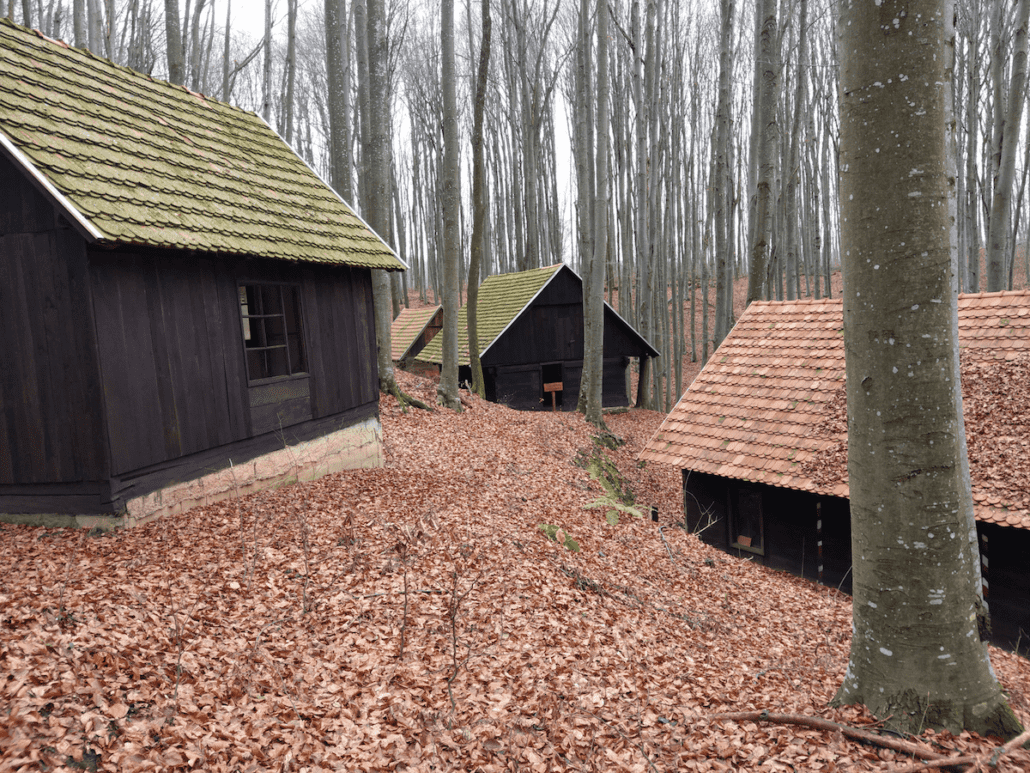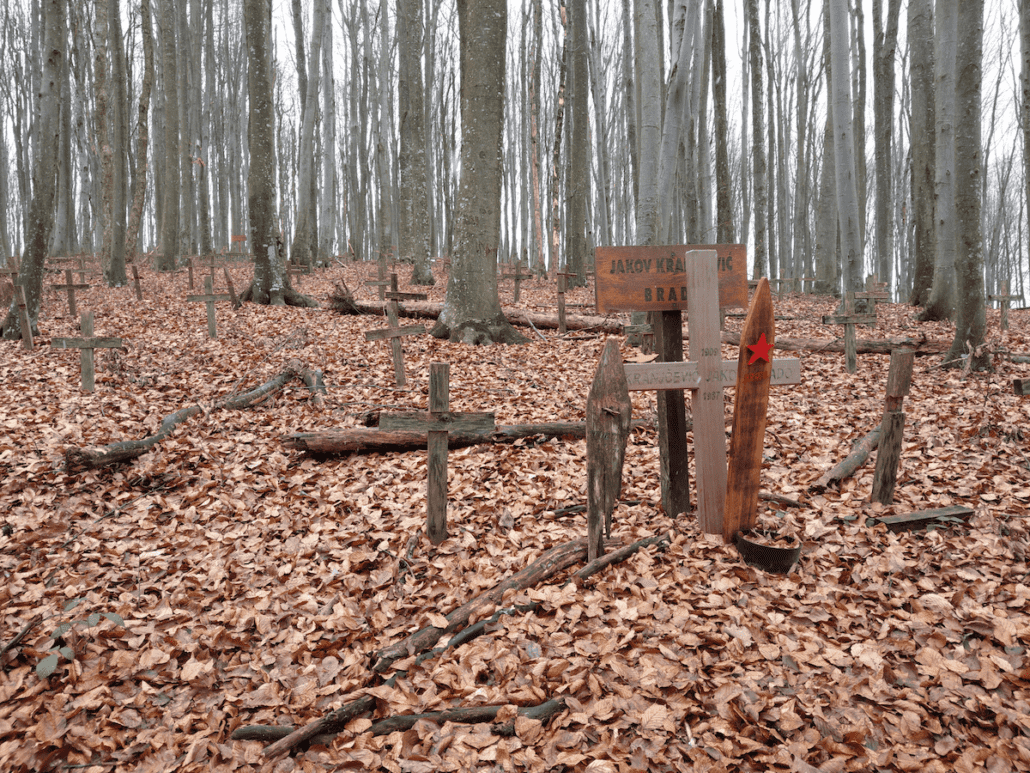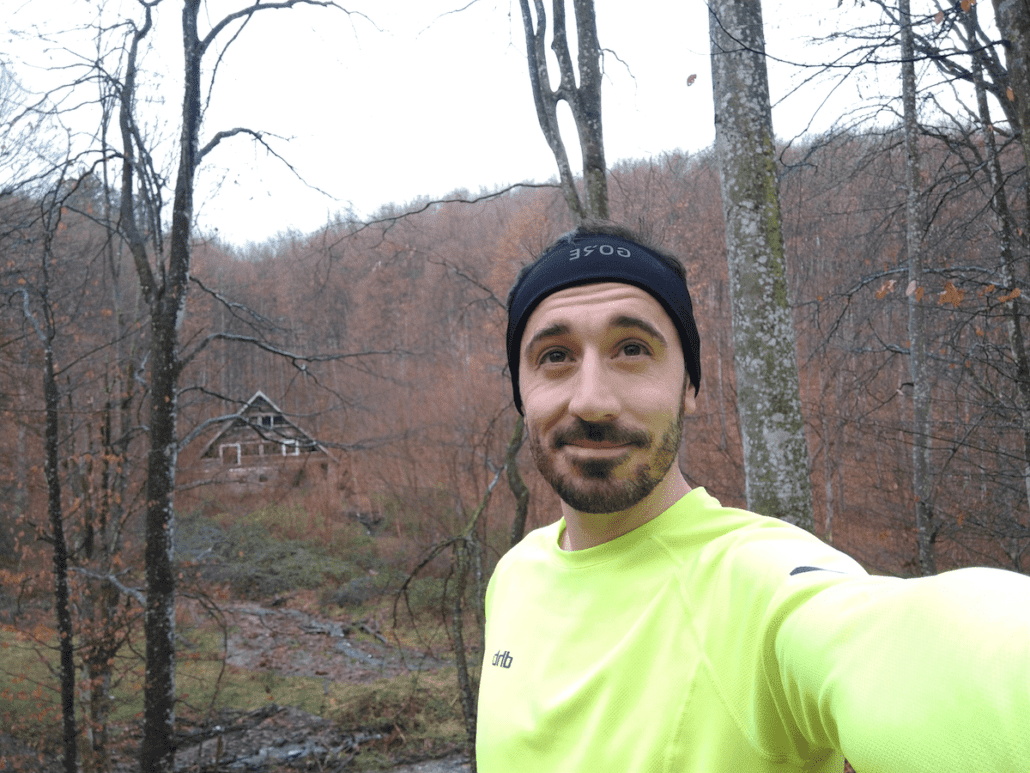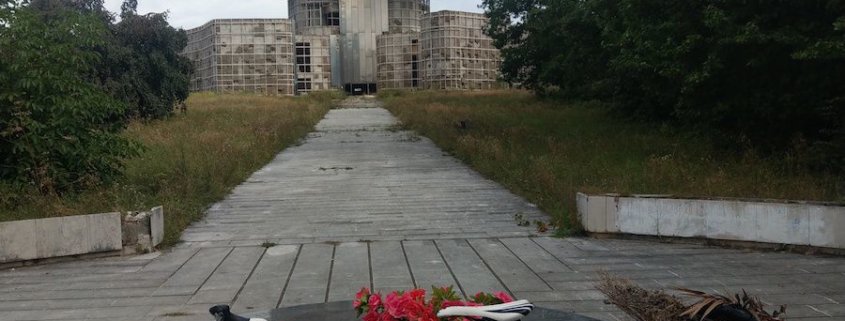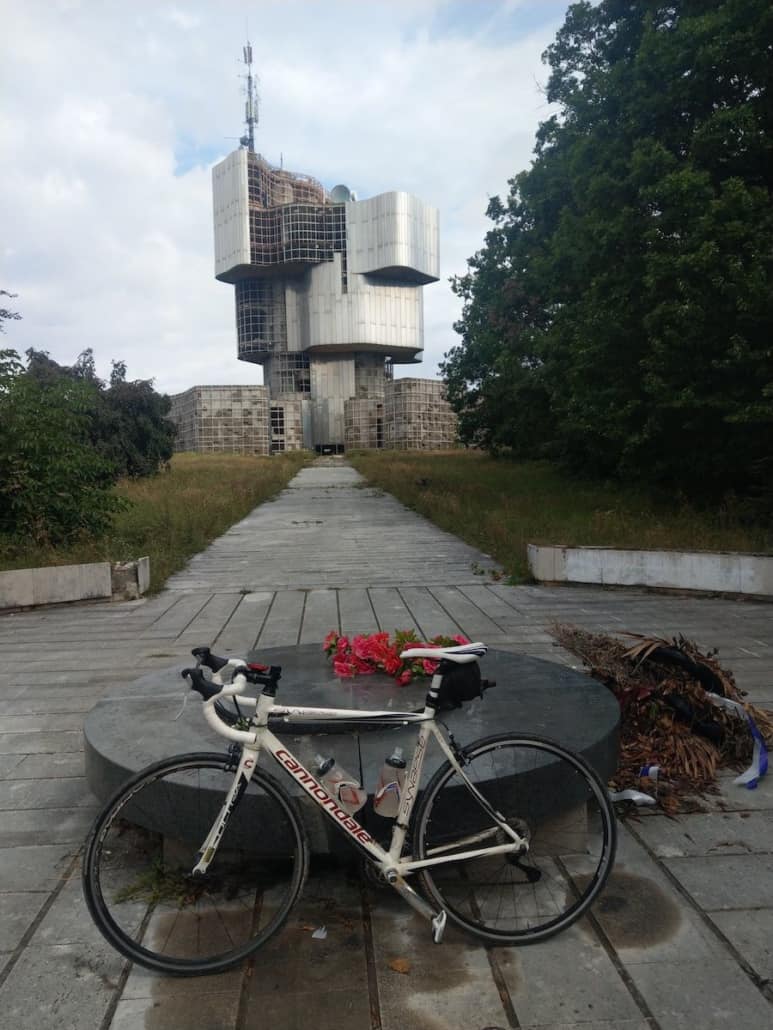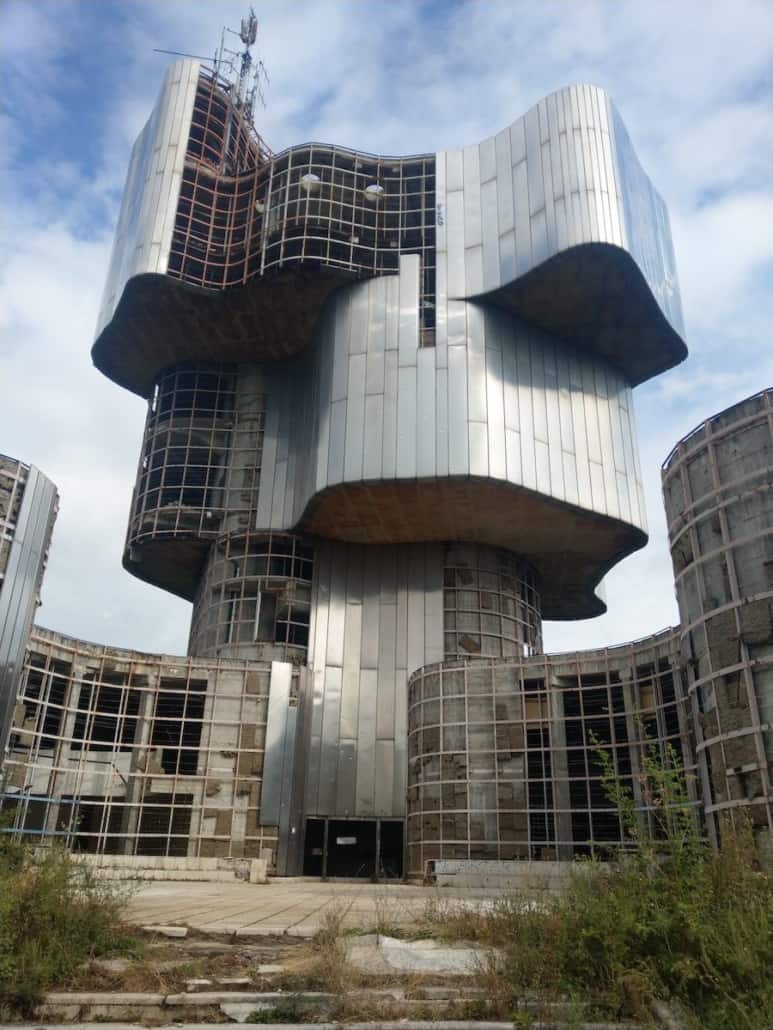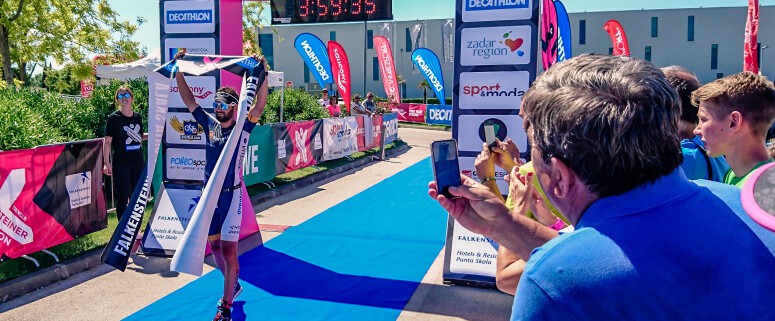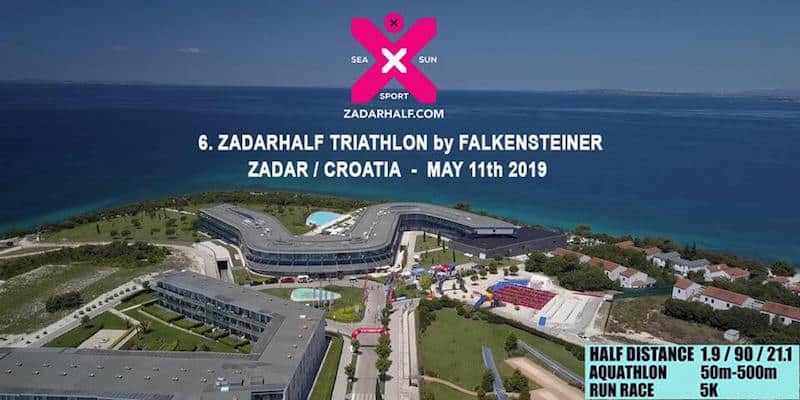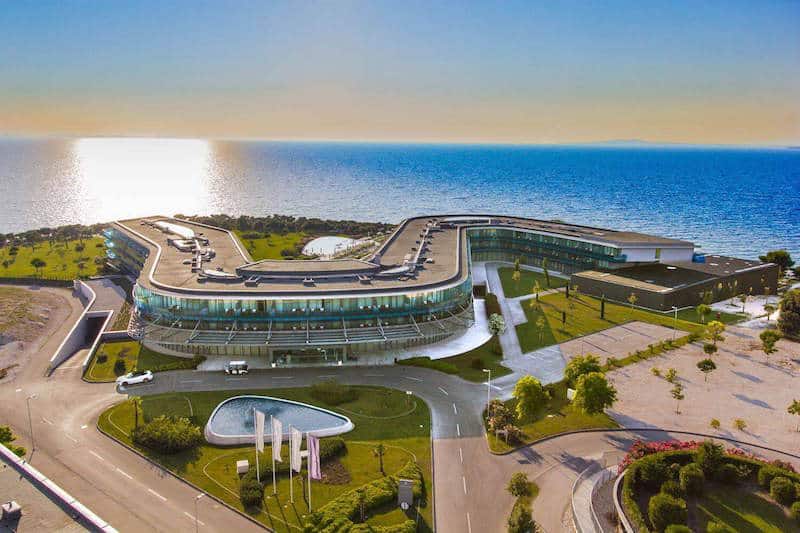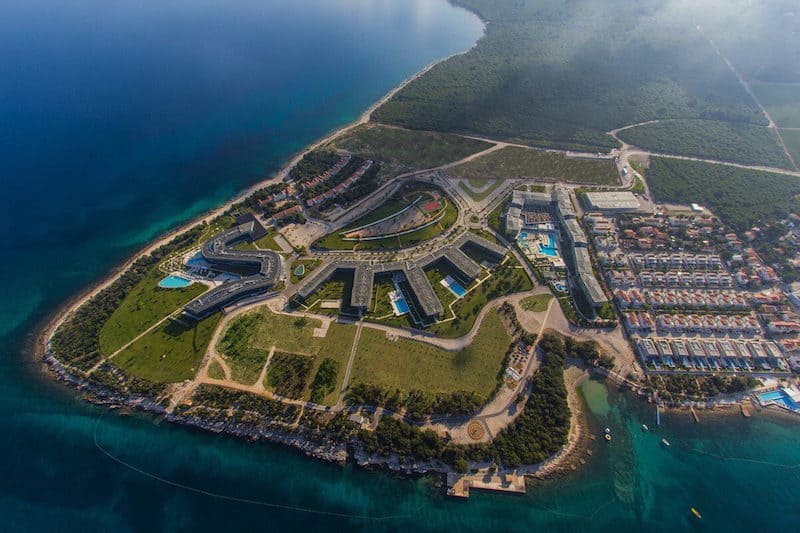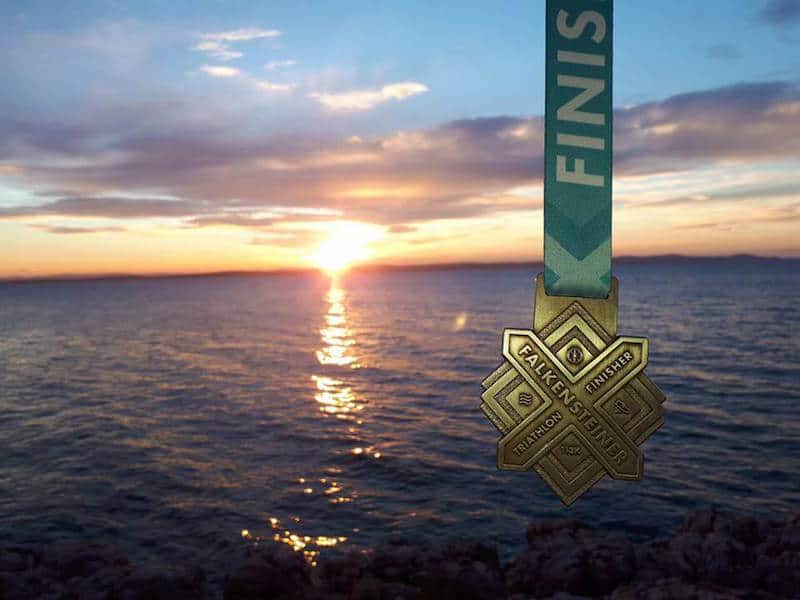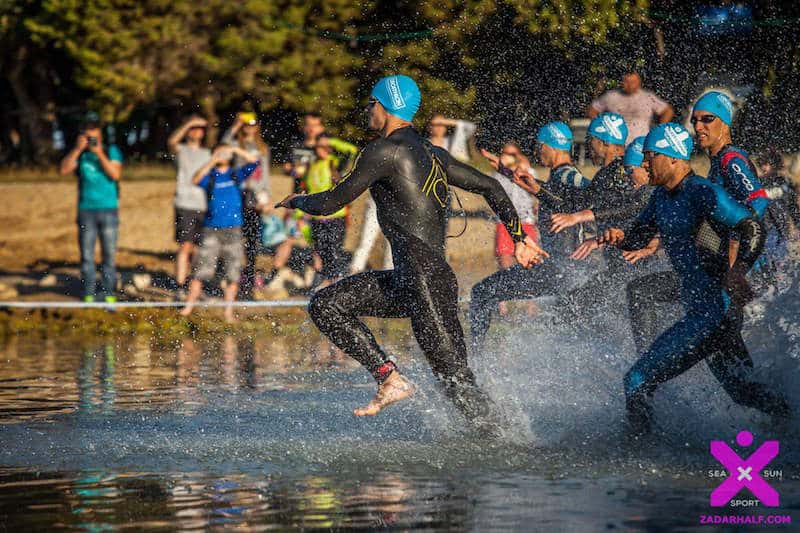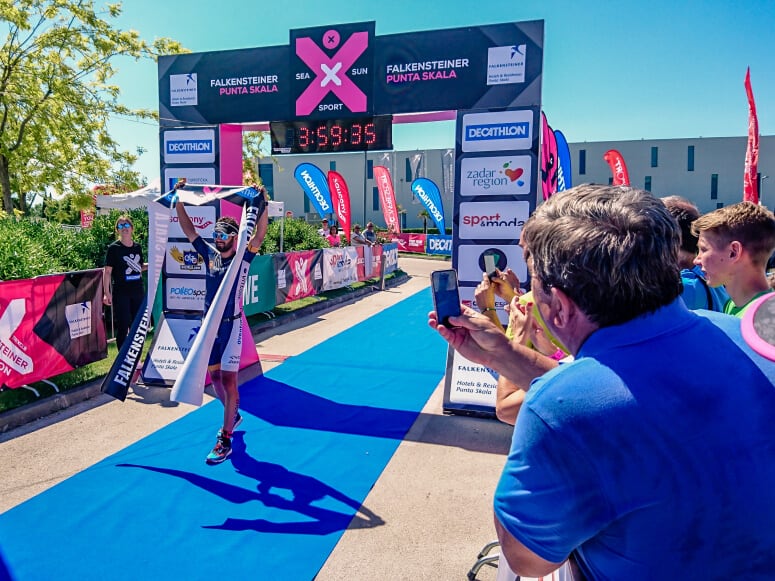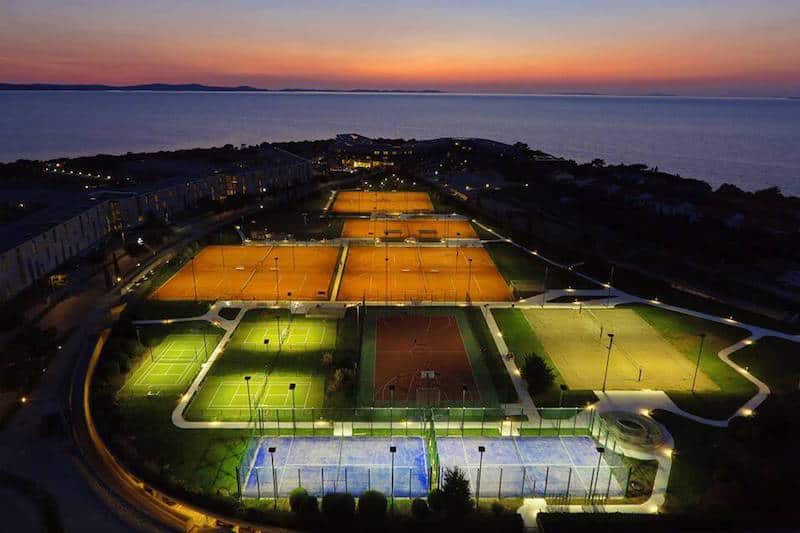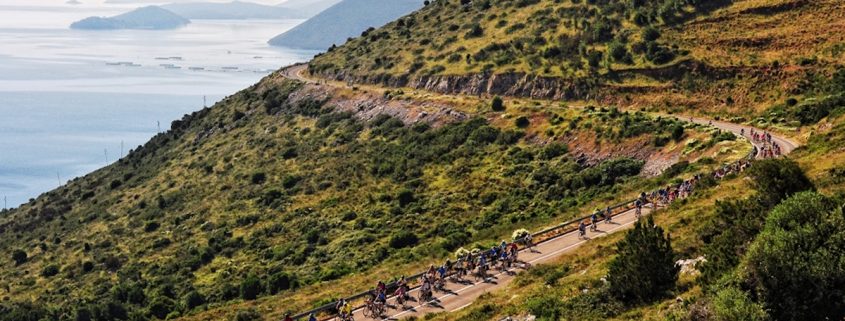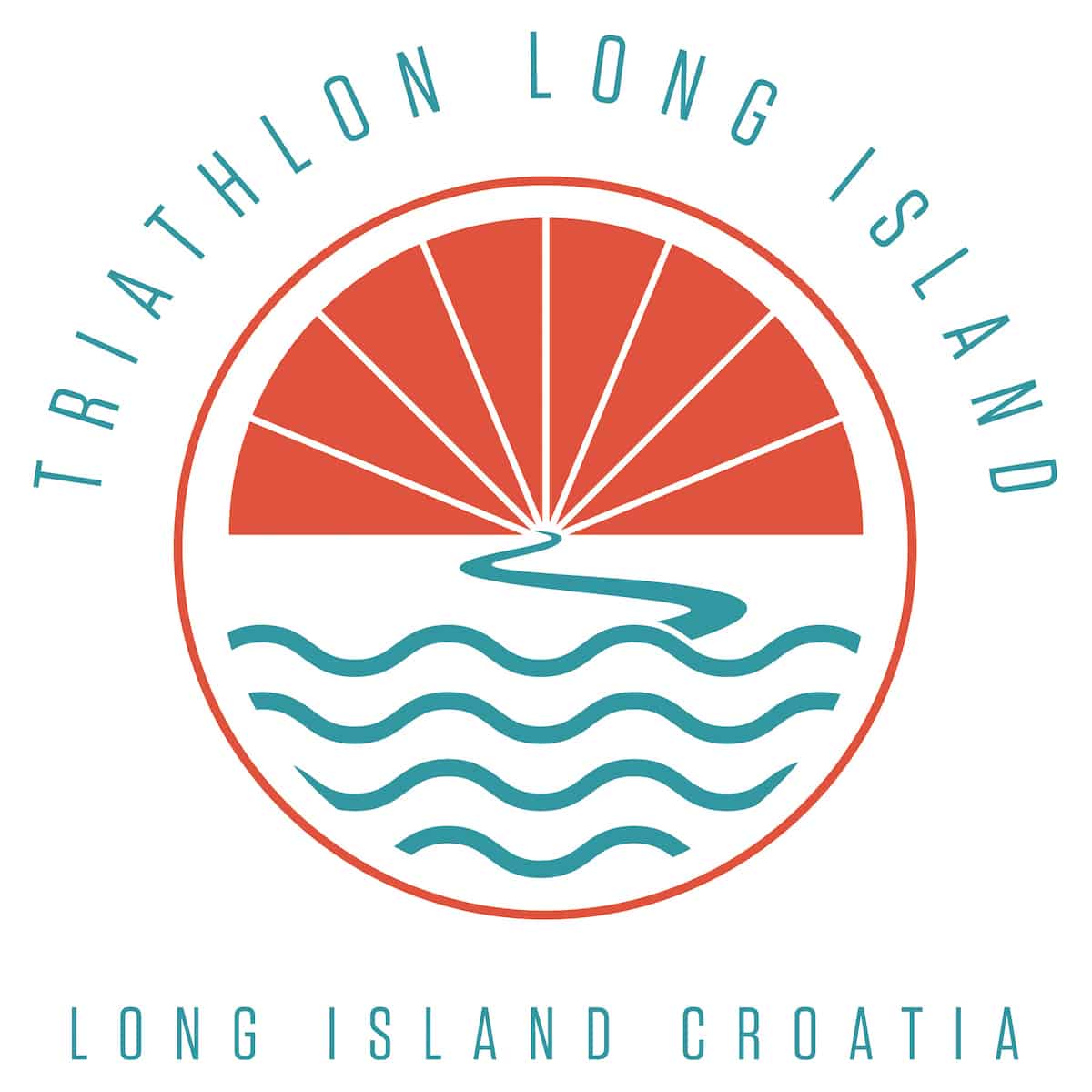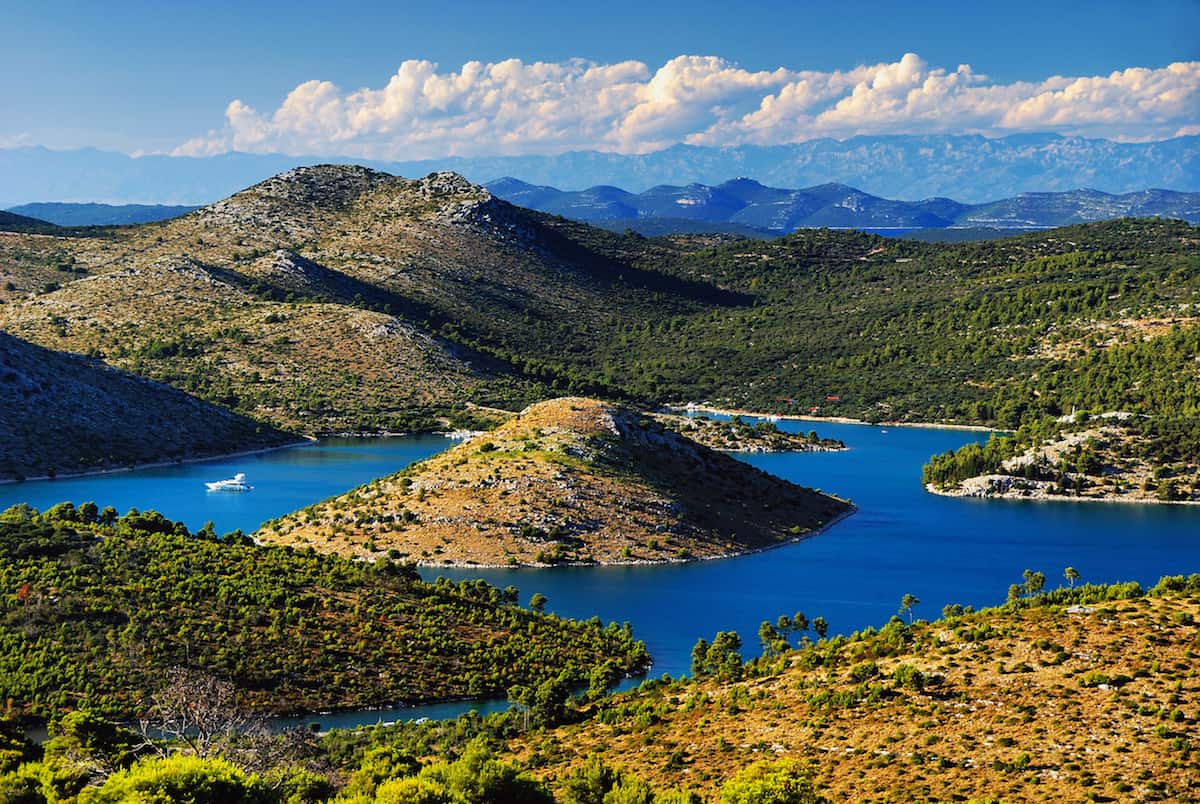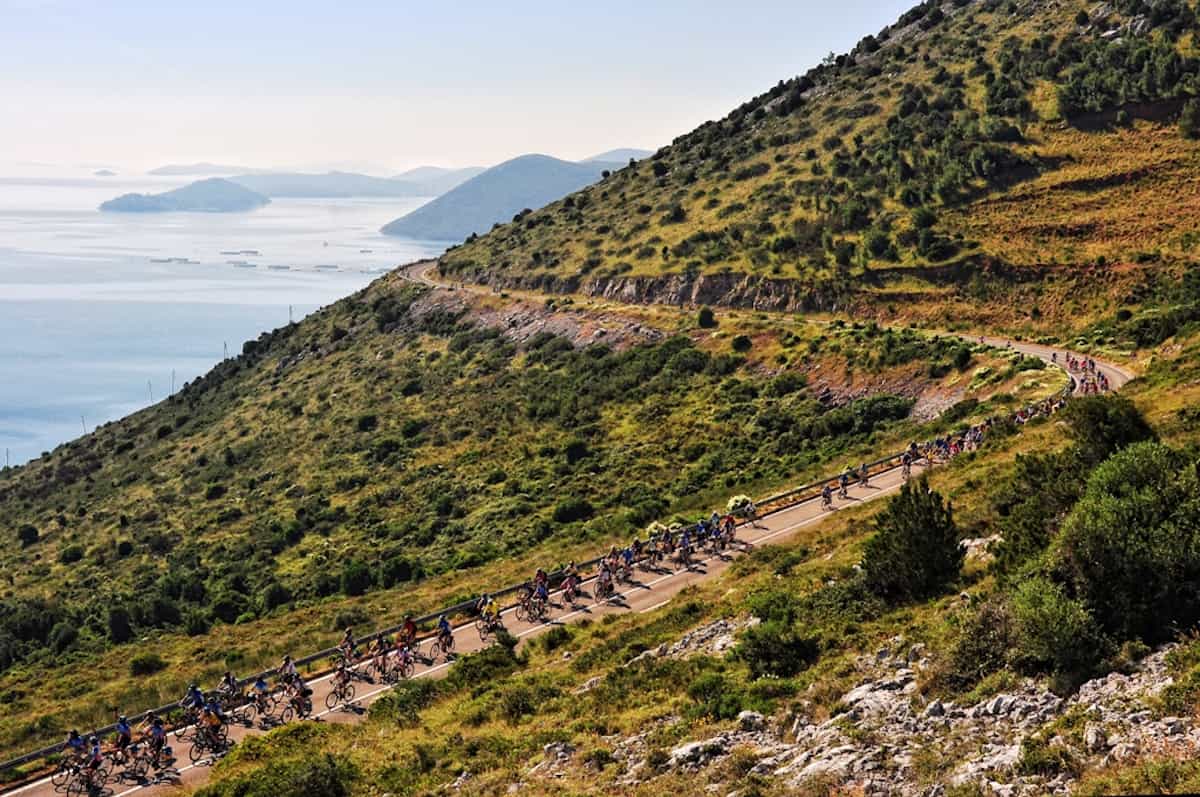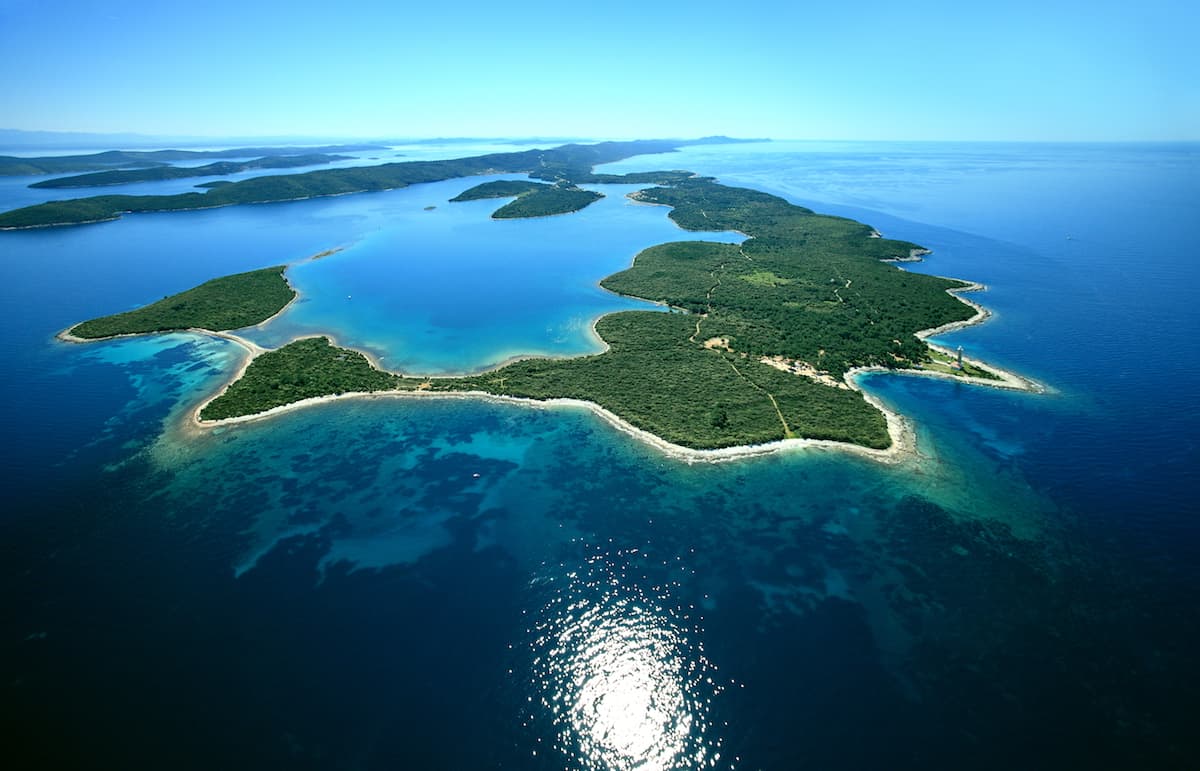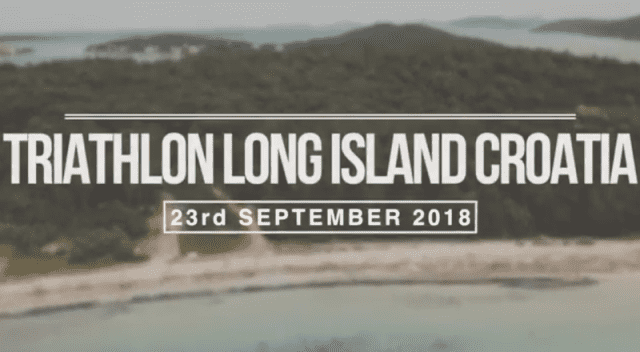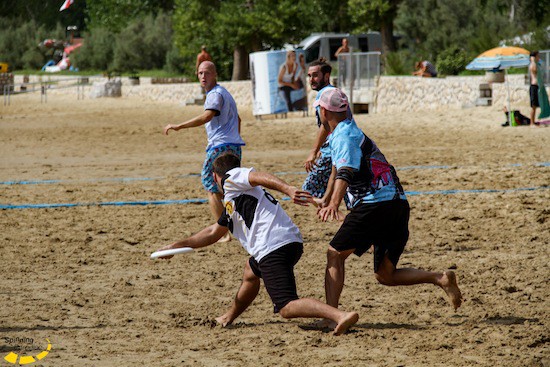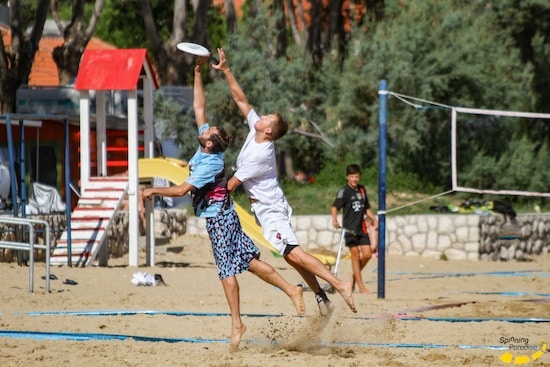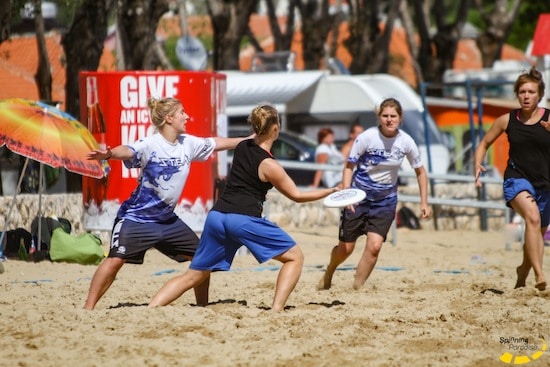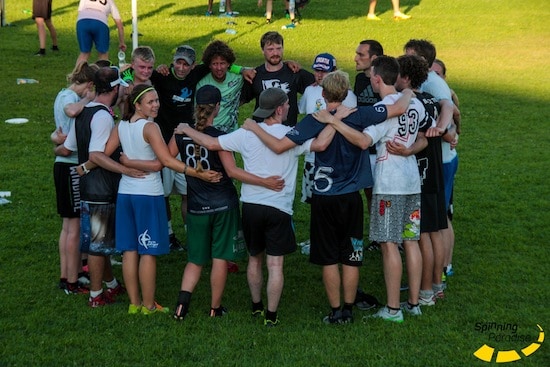The Top 10 Tours in Croatia 2024
Now that you’ve got your holiday all booked up (if you’re still deliberating, why not head over to my Plan Your Perfect Holiday to Croatia 2024 advice page) it’s time to start thinking about what day trips and tours you might like to do on your travels in the country. On this page, I’m going to suggest some of the best tours in Croatia 2024 – including some of the most popular ones, some “must-see” experiences and some that are perhaps…slightly bonkers…but are too good to miss!
For all the tours below, I’ve shown the length of the tour and whether the tours can be booked individually (meaning you join a group and can book as 1, 2 or more people) or whether they need to be booked as a group.
Please note: this post contains affiliate links, which may earn Visit Croatia revenue. All suggested tours are Visit Croatia’s own opinion, however!
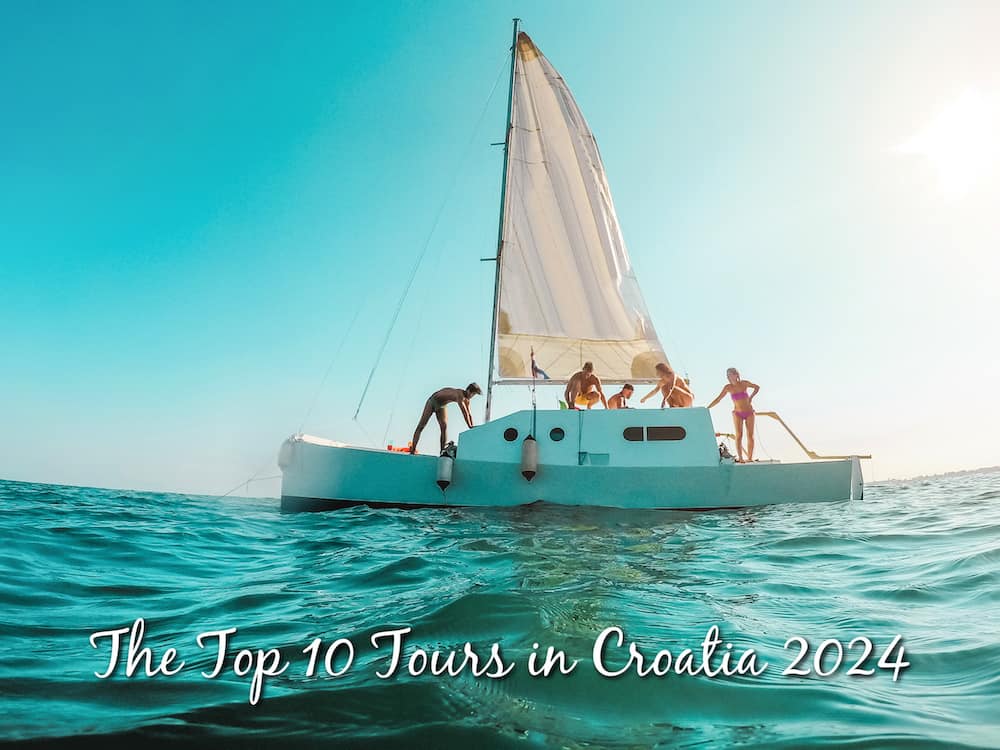
1. Enjoy the best sunset in the world in Zadar – in style!
1.5 hours, can be booked individually
Sunsets are a pretty spectacular affair up and down the Croatian coastline, but there’s no better place to watch the setting sun than in Zadar. (Just ask Alfred Hitchcock.) Whilst sitting up on the main seaside promenade with the Sea Organ twinkling gently alongside is a superb free experience, take things to the next level on a Sunset & Night Cruise with Unlimited Sparkling Wine. (They totally had me at “unlimited sparkling wine”.)
The 90-minute small boat tour sets off from Zadar marina and makes the small journey out to sea to really make the most of the glowing sunset as it makes its way behind the local islands. After experiencing this, you’ll then be taken on a brief sightseeing tour of some of the town’s main sights by sea – including the aforementioned Sea Organ. And all the while, you’ll get to sip on sparkling wine!
2. Zip across a zip line near Split
2.5 – 3 hours, can be booked individually
When did zip lines get so popular? And who invented them?! I’m not the biggest fan of ziplines given a slight fear of heights and “going faster than a human should be going” (I believe that’s the official technical term) but I can totally see how the thrill-seekers amongst you are beside yourselves with the opportunity to try a zip line in a new location.
There are actually a number of zip lines in locations up and down the coast, but I’ve picked out a zip line experience that’s just a short journey from Split.
The Zip Line Adventure (which also provides optional transportation) takes you to a zip line which is situated on Kozjak, a small peak slightly inland from Split. The actual zip line isn’t just one zip line, oh no – it’s six different zip lines, which comprise 2,500 meters in total length and then also include a 90-meter suspension bridge through pine trees.
The tour of course also provides a full safety briefing before participants make their way over to start their zip-lining adventure. You’ll be flying over beautiful Croatian forests with sea and island views in no time.
3. Enjoy the tranquil island of Cres on a boat trip from Opatija
8 hours, can be booked individually
If you’re holidaying in gorgeous Opatija, you may not necessarily think about doing a boat trip to any of the local islands which is a shame as there are some real beauties in this part of the coast.
This 8-hour Boat Trip to Secluded Beaches on Island Cres tour sees you head off to one of Croatia’s quieter islands – just the kind of place to have hidden beaches. You’ll be able to enjoy three beach stops as well as visiting the charming village of Porozina. The tour offers plenty of time for swimming and snorkelling, and generally just having a relaxing time on lovely Cres!
4. Views for miles on Biokovo Skywalk via tuktuk (from Makarska)
2.5 hour tour, can be booked individually
One of the more modern sights in Croatia is the Biokovo Skywalk experience on Mount Biokovo. Opened in 2020, this horseshoe-shaped glass platform extends 11m over the cliff face at a height of 1,228m, offering amazing views out across the Adriatic Sea to nearby islands such as Brac and Hvar.
The Biokovo Skywalk isn’t far from Makarska at all but it is up high (of course!) and getting to it is a little tricky if you don’t have your own transportation. That’s where the Skywalk Biokovo Sunset Tour by TukTuk comes in.
You’ll get picked up from your hotel (there are a number of pick-up points along the Makarska Riviera) and then taken to Biokovo Nature Park in a little tuk-tuk. (Not perhaps the most authentic of transportation in Croatia, but the open nature of the vehicle works perfectly to allow you to enjoy the nature all around you and the views!)
Having skipped the entry queue, the two-and-a-half-hour tour gives you time to enjoy parts of Biokovo National Park on a guided tour (with scenic stops for photos) whilst also offering 30 minutes on the Biokovo Skywalk at sunset. Glorious to enjoy at any time of day, sunset will be a wonderful time to experience it. You’ll then be driven back through the Nature Park and returned to your hotel.
5. Food and wine in Dubrovnik
3 hours, can be booked individually
If you’re in Croatia, you’re going to have to indulge in all sorts of local gastronomic specialities – and where better to do so than if you’re visiting Dubrovnik?
The 3-Hour Food and Wine Tour is a walking guided tour that takes in many of Dubrovnik Old Town’s top sights, whilst also offering the chance for you to sample some little treats at the city’s top restaurants. And treats that come with a wine pairing! The culmination of the tour – as any good tour should – is dessert comprising of a traditional Dubrovnik cake.
6. Private Boat Tour from Dubrovnik
8 hours, group booking
“Oh la-dee-dah” – you’re probably thinking – “private boat tours are how the other half live, but there’s no way I can afford them!” Well, perhaps you can – providing there’s a big enough group of you. A number of private boat tours can cater to large groups of say 6 to 12 people and when you divide the total cost of the boat tour by 6, 8, 10 or even 12 that ends up being…not too much at all.
Of course, there are a wide variety of private boat tours from ports such as Zadar, Trogir and Split, but take a look at this Full Day Elafiti Islands Private Experience for six people. The tour gives you 8 hours of exploring time on the three main Elafiti islands, Kolocep, Lopud and Sipan allowing you to explore beaches, bays and the islands’ tiny villages. The tour can be customised as per your group’s wants so if you prefer to explore as much as possible you can, or if you want to devote a good chunk of time on a secluded beach, that’s possible too.
7. Get your kayak on and explore Dugi Otok
11 hours, individual booking available
Once you’ve explored your Croatian destination to the fullest on foot or by transport of some sort, why not do the same…by sea? And not just on some kind of boat tour – why not put the effort into it yourself by powering your own sea vessel? Before I start going too cryptic, I’m referring to sea kayaking.
The island of Dugi Otok near Zadar is one of the lesser-known Croatian islands – often referred to as an “off-the-beaten-track” kind of place – and is ripe for exploring. On the Full-Day Kayaking Tour in Dugi Otok, you’ll be transferred to a bay to start your sea kayaking adventure – an adventure that will lead you to all manner of secret coves, bays, caves and even past soaring cliffs. You’ll then get transferred to the north part of Dugi Otok for lunch and where the second part of your kayaking adventure will commence – one that will take you to a sunken ship which will give you the opportunity to do a spot of snorkelling.
The final bit of the tour offers a spot of fun on Sakarun Beach, one of the best (sandy!) secret beaches in Croatia.
8. Night-time kayaking from Pula
2 hours, individual booking available
If you’ll be further up the coast but want to indulge in a spot of sea kayaking, why not try this rather inventive trip based in Pula? Because what’s better than just regular sea kayaking? Night-time kayaking. And what’s better than that? Night-time kayaking in a transparent kayak. (Yes, really!) And one that’s equipped with LED lights so you can see into the sea.
This 2-hour Night-time Sea Kayaking in a Transparent Kayak tour sets off from the Verudela resort area of Pula to explore the Adriatic Sea and all that it contains – by which I mean marine life. Should you tire of looking at the little fishes (unlikely) then simply look up and do a spot of star-gazing instead.
9. Visit the Plitvice Lakes from Split
12 hours, individual booking available
How could I not include visiting the truly amazing Plitvice Lakes in this list of the best tours? Visiting them yourself is relatively straightforward – it’s just an easy public transport bus ride up from cities such as Zadar or Zagreb. But if you’re in Split and want to visit Plitvice, things get a little more complicated because of having to rely on (the not so frequent or well-timed) buses.
The 12-hour Plitvice Lakes National Park Full-Day Tour transportation to and from the Plitvice Lakes as well as a 4.5-hour guided tour inside the National Park. After the tour, you’ll have time to take one of the short boat rides or simply take a breather amongst the beautiful nature.
10. Hop over the border to Slovenia from Zagreb
11 hours, individual booking available
When you’re in Croatia, there are quite a few chances to hop over to a neighbouring country for a day trip – to Montenegro from Dubrovnik, Bosnia and Herzegovina from Split or Dubrovnik and Italy from Istria, for example. But you may not know that it’s a very short journey up to Slovenia and Ljubljana from Zagreb. And not just Ljubljana but the magical Lake Bled too.
The 11-hour Ljubljana with Funicular, Castle, and Lake Bled tour offers a great chance to take in some of Ljubljana’s best sights, including the impressive Ljubljana Castle. And no visit to Slovenia is complete without enjoying the tranquil Lake Bled, which is also included on the tour.
All transport is included, and you’ll get a guided walking tour of Ljubljana too. Just remember to bring your passport!
Other Top Tours in Croatia 2024
Narrowing down all the wonderful tours you can do in Croatia to just ten was impossible. So here are a few more tours that are absolutely worthy of a mention:
- Split: Local History and Culture 90-Minute Walking Tour One of the best ways of learning more about the Diocletian’s Palace area
- Private Montenegro Tour – from Dubrovnik Enjoy Perast and Kotor on a 10-hour tour
- Day Trip to Hvar & Brac Islands with Zlatni Rat Beach A 10-hour boat tour from Split that allows you to enjoy two of Croatia’s most popular islands
- Taste Zagreb Food Tour Taste traditional and more modern Croatian cooking and find out the best food shops and restaurants on this 3-hour tour
- Hvar: Party All Night Experience Transports you over to Hvar from Split or Trogir just in time for dinner and then takes you back to the mainland…at 4am!
- Stand-Up Paddleboard Night Glow Tour Enjoy a spot of night-time stand-up paddleboarding in Split
- Dinara Nature Park Adventure with Lunch (from Split) Explore one of Croatia’s lesser-known nature parks – in the Croatian interior – on quadbikes

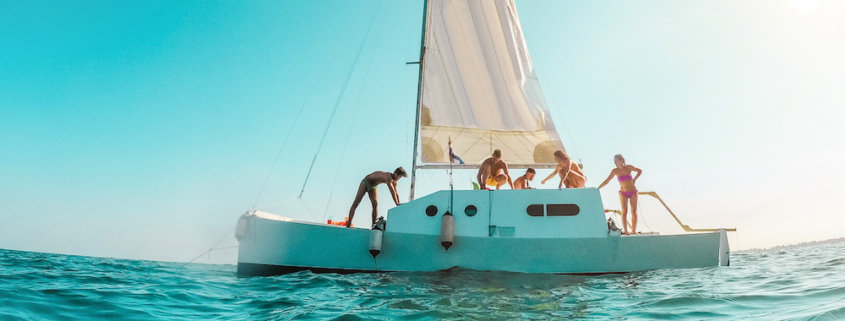

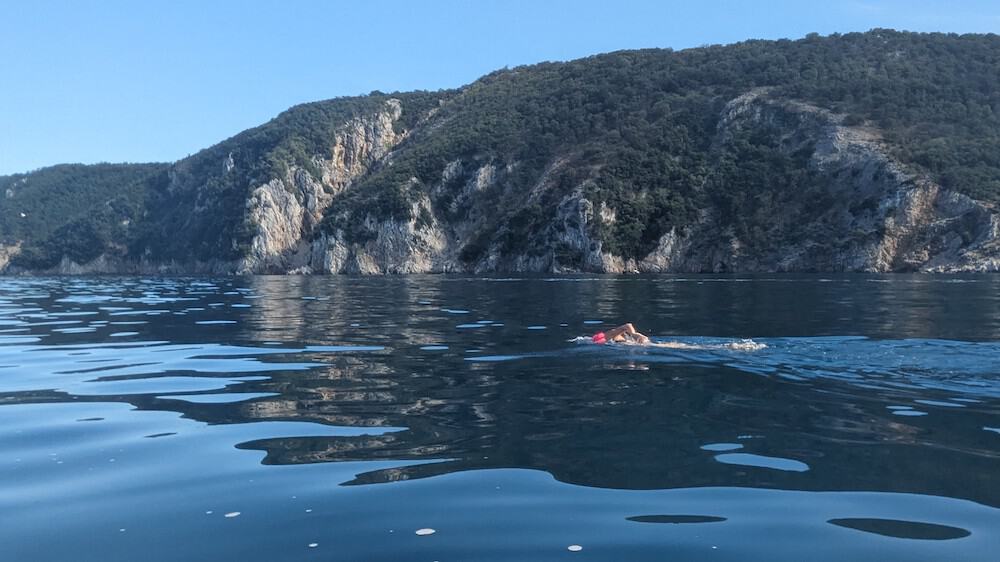
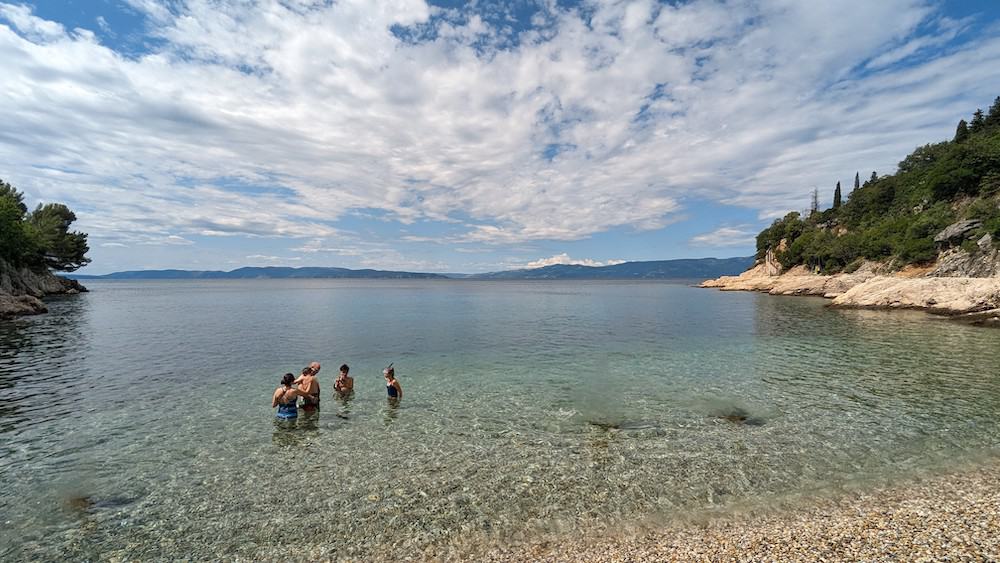
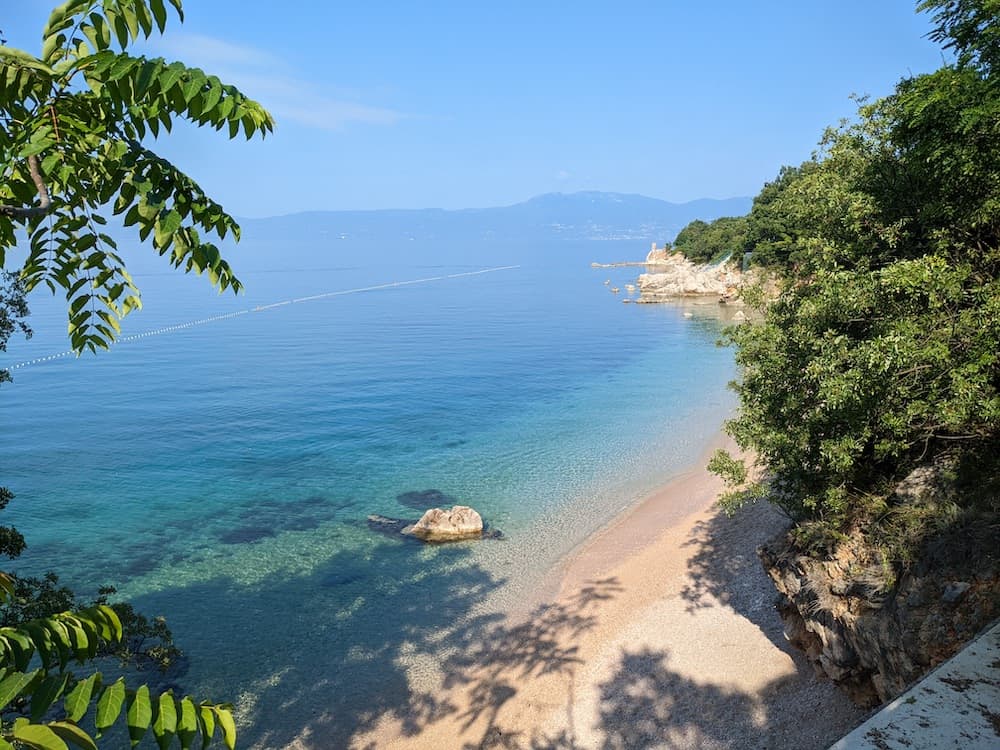
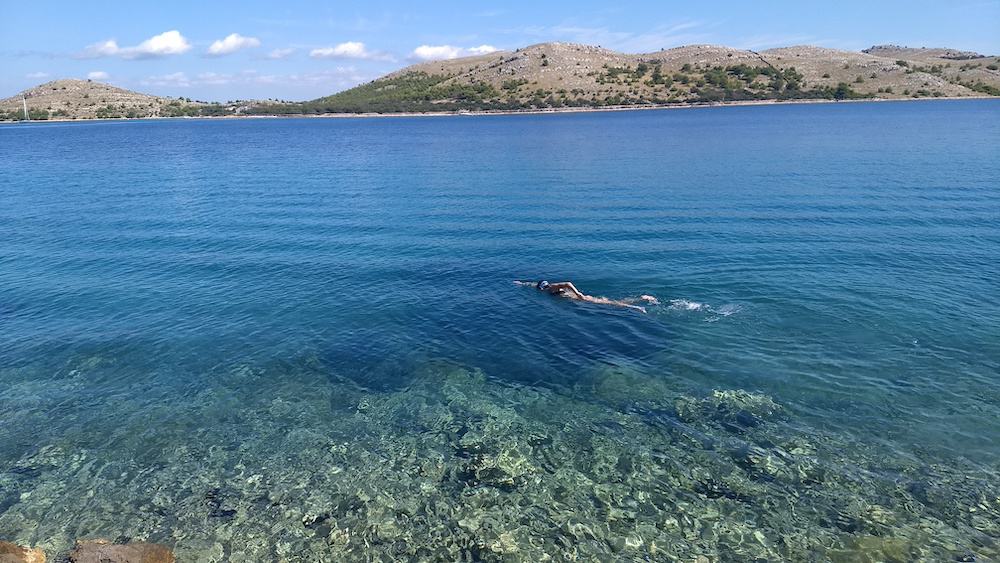
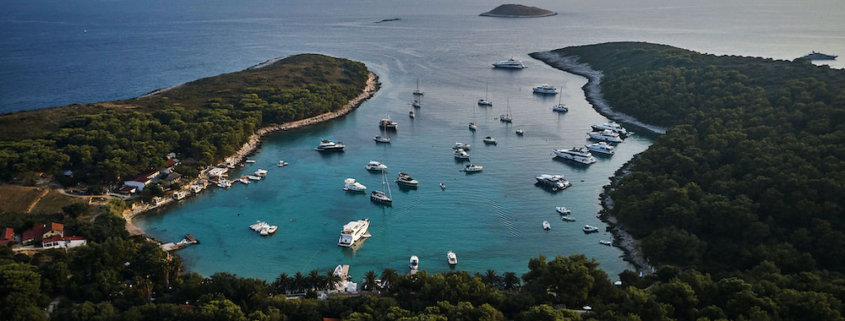
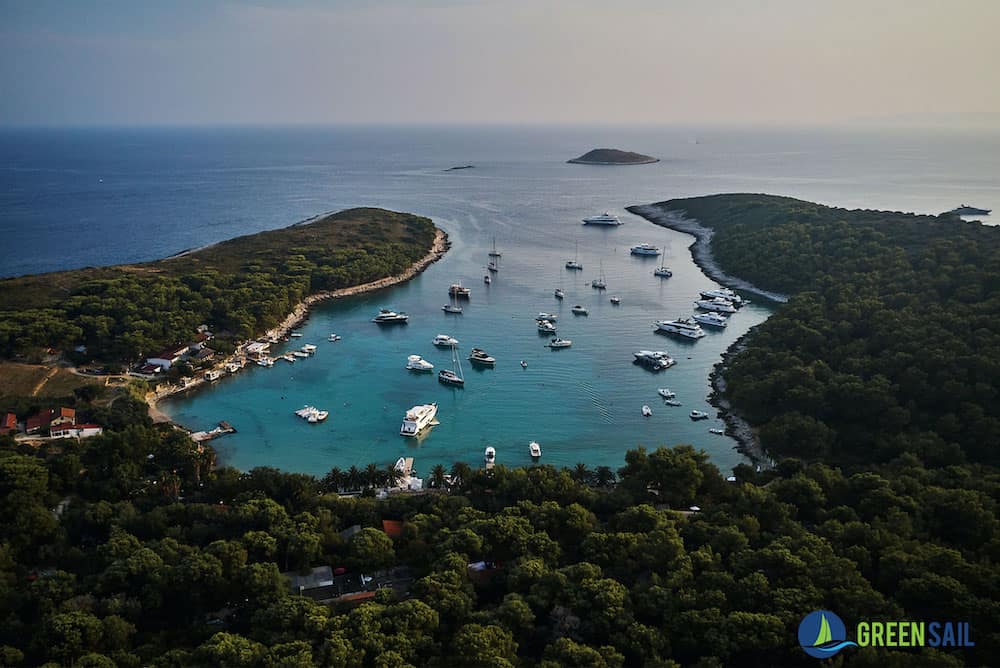
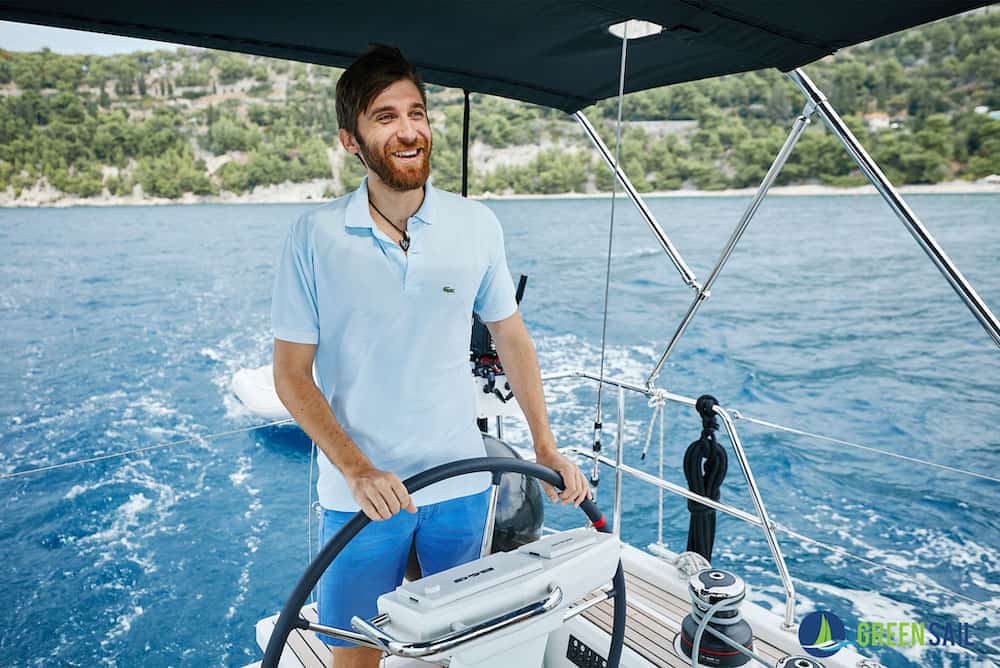
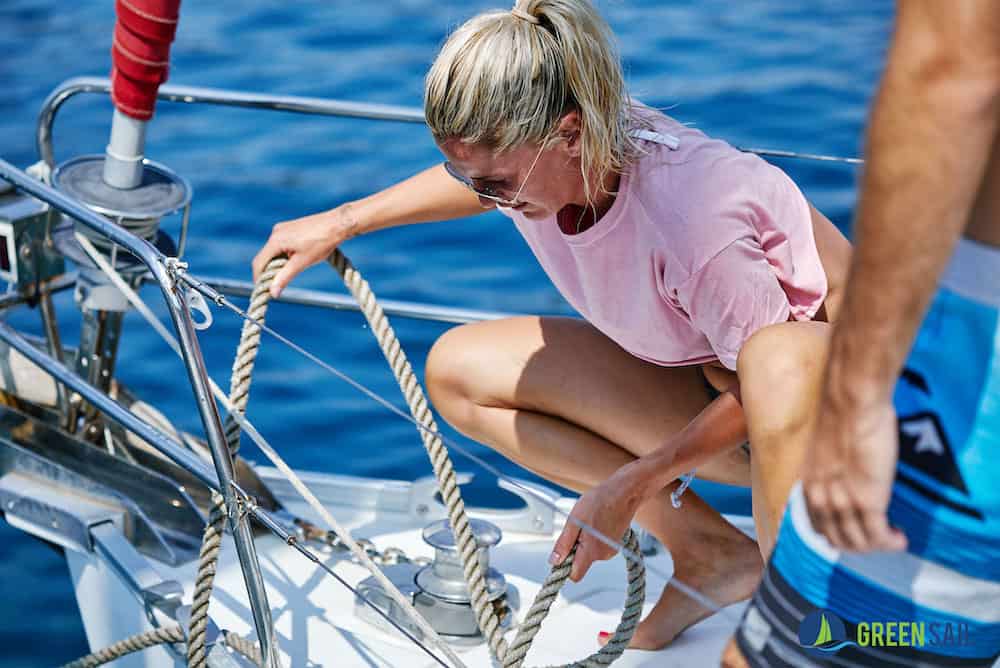
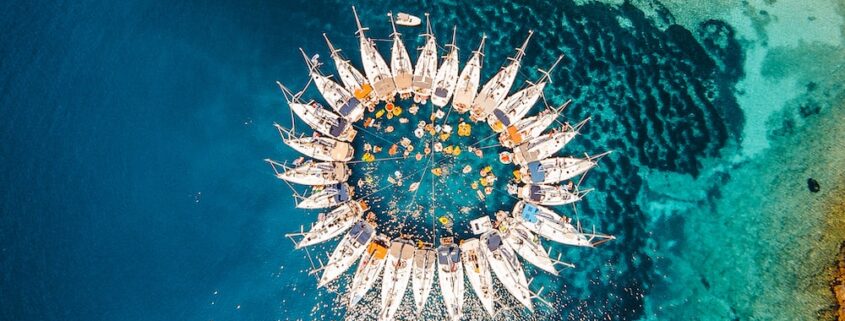
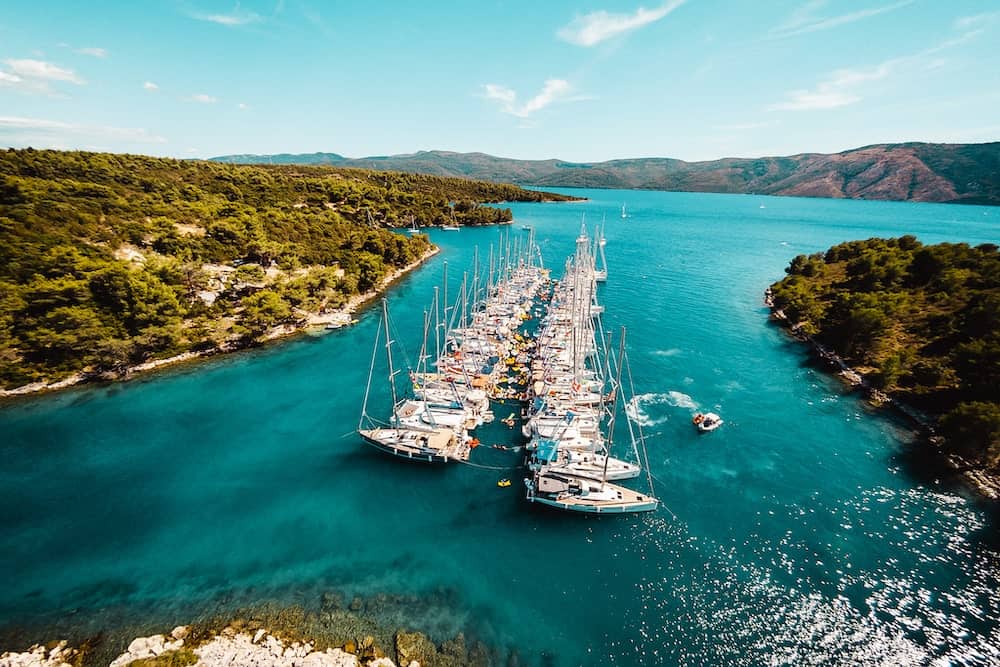
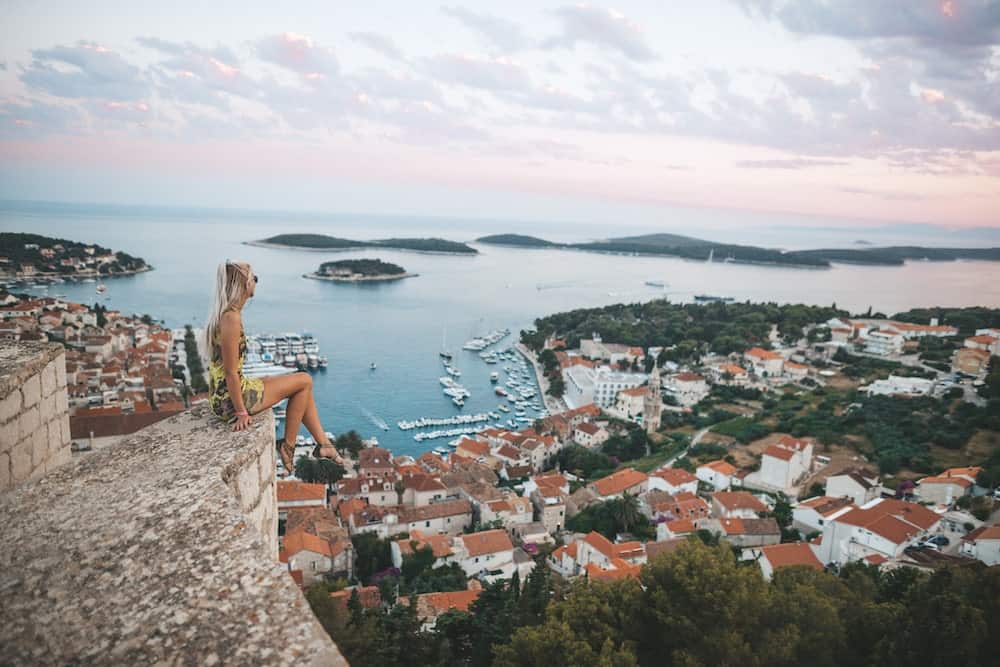
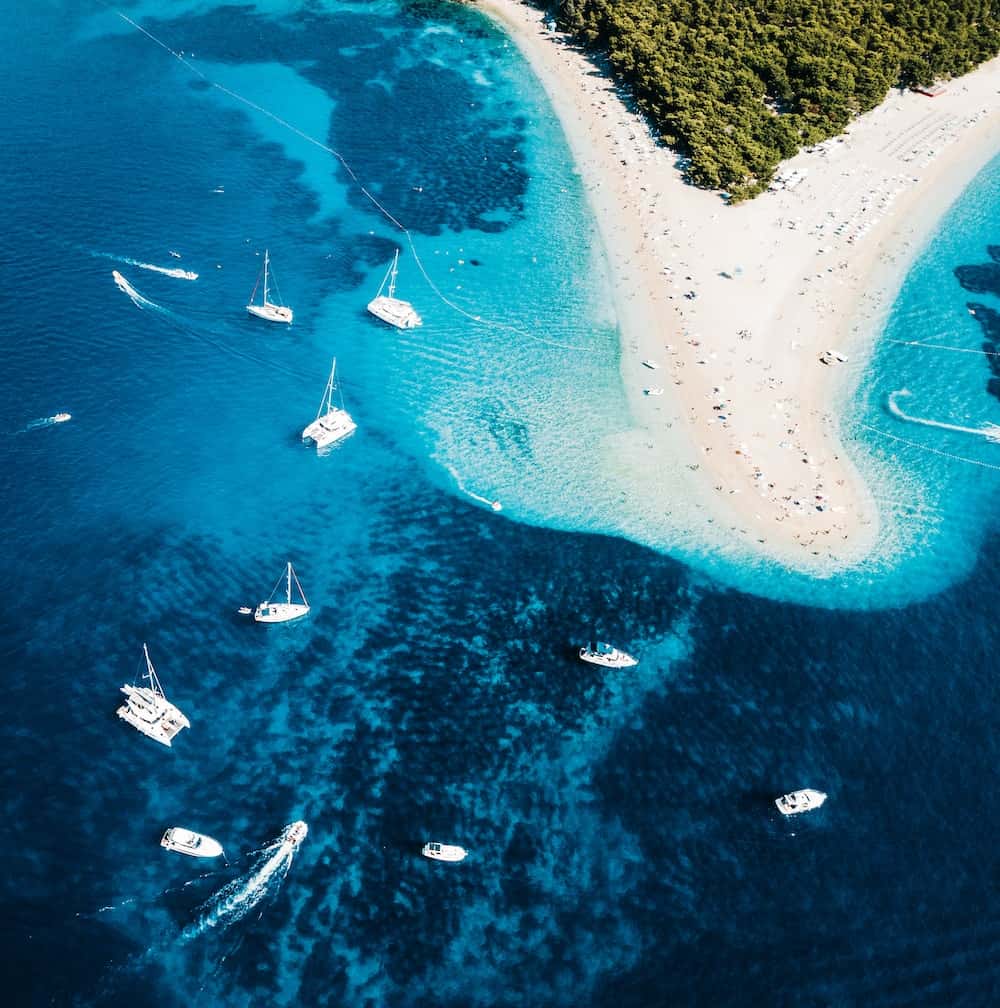
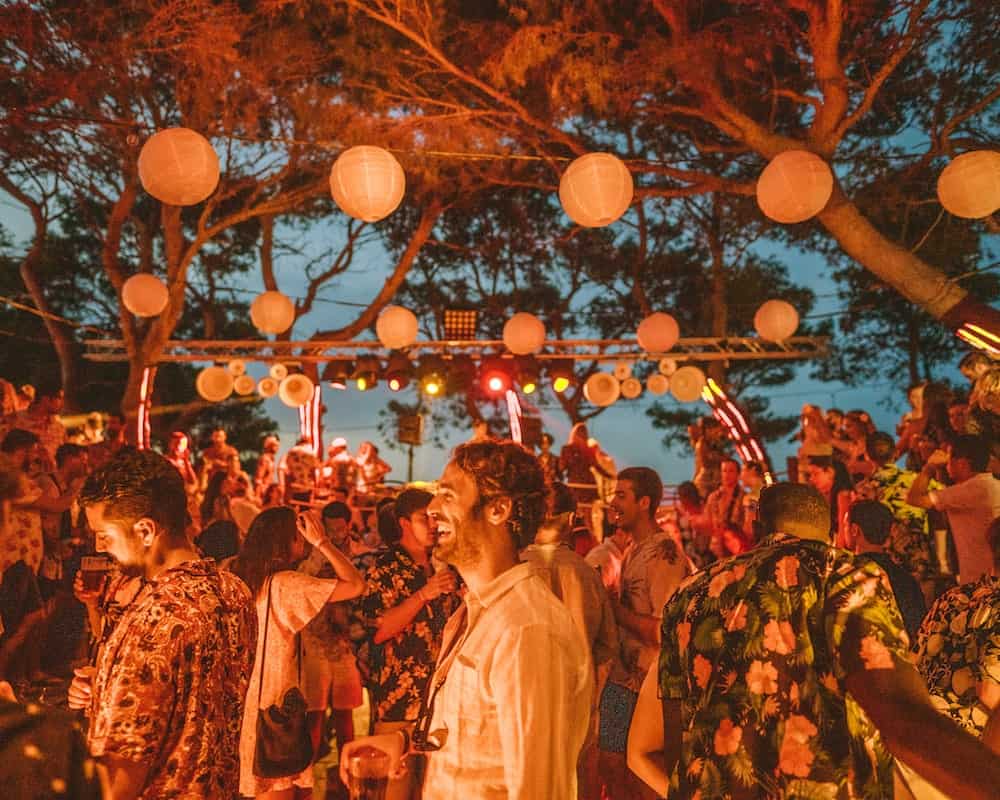
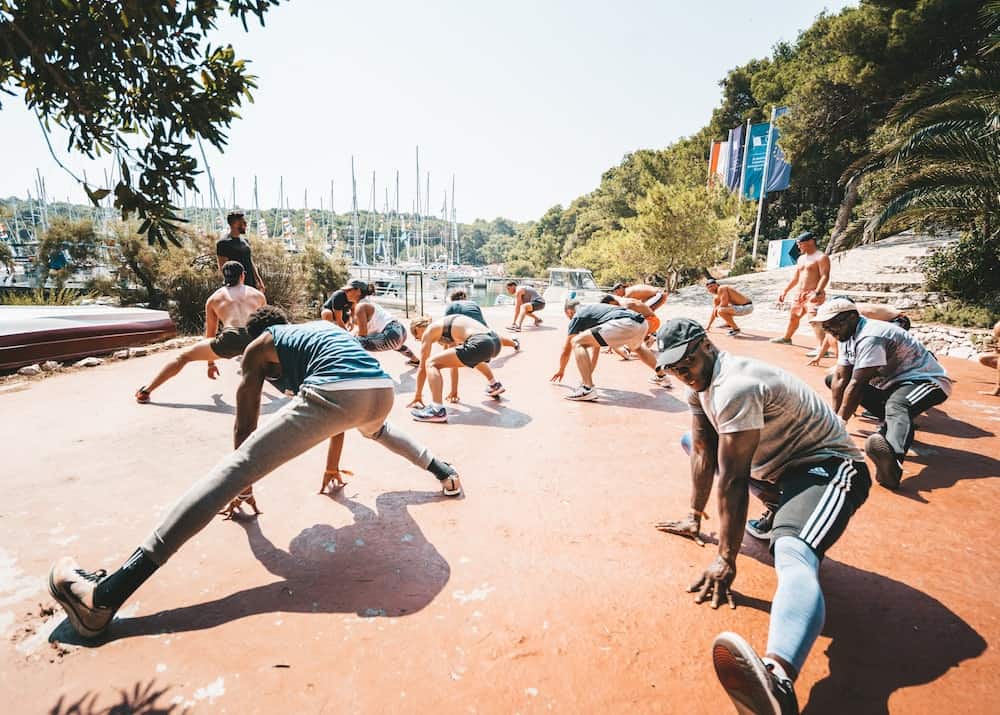
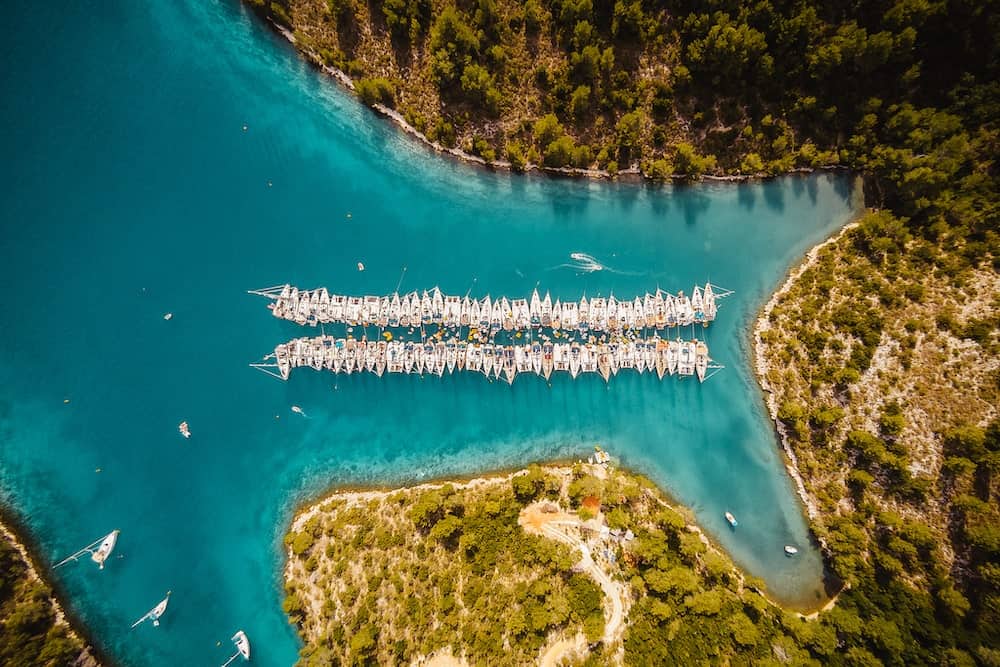
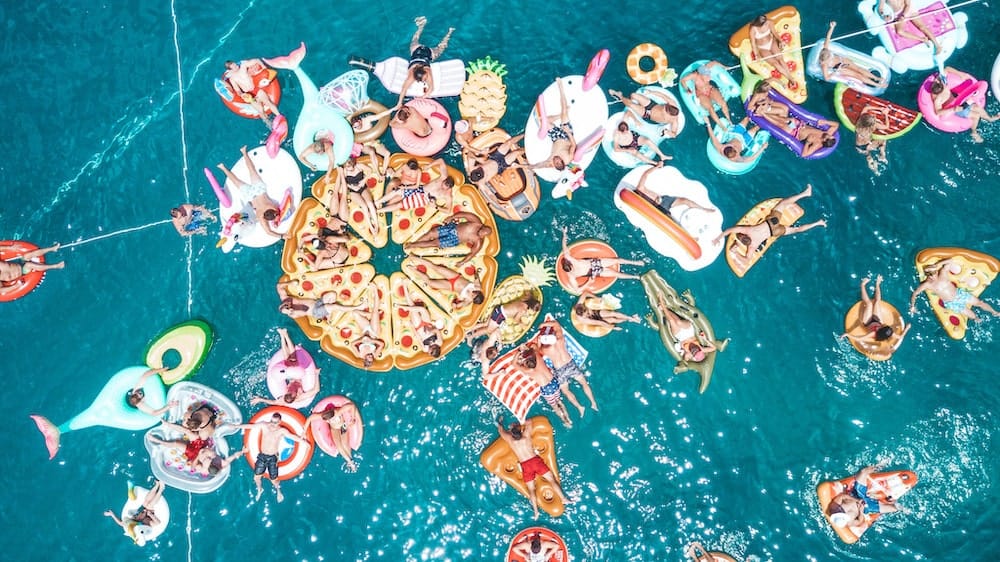
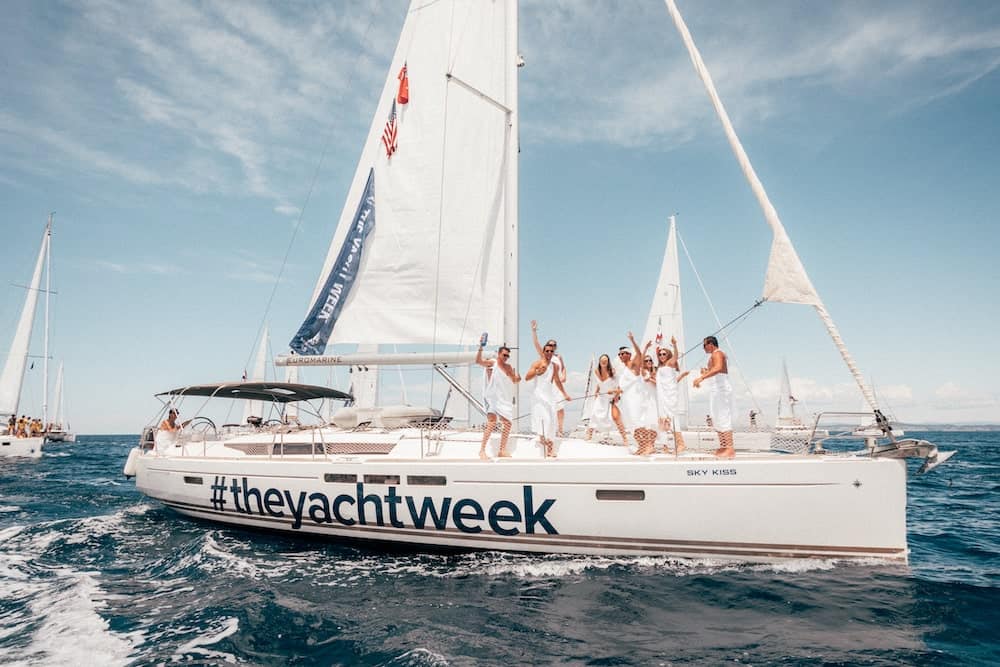
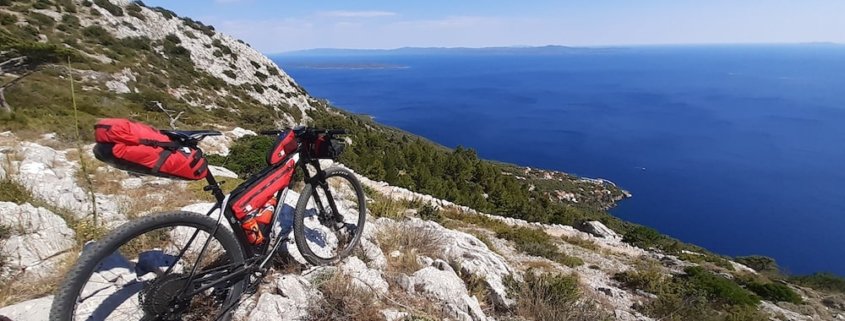

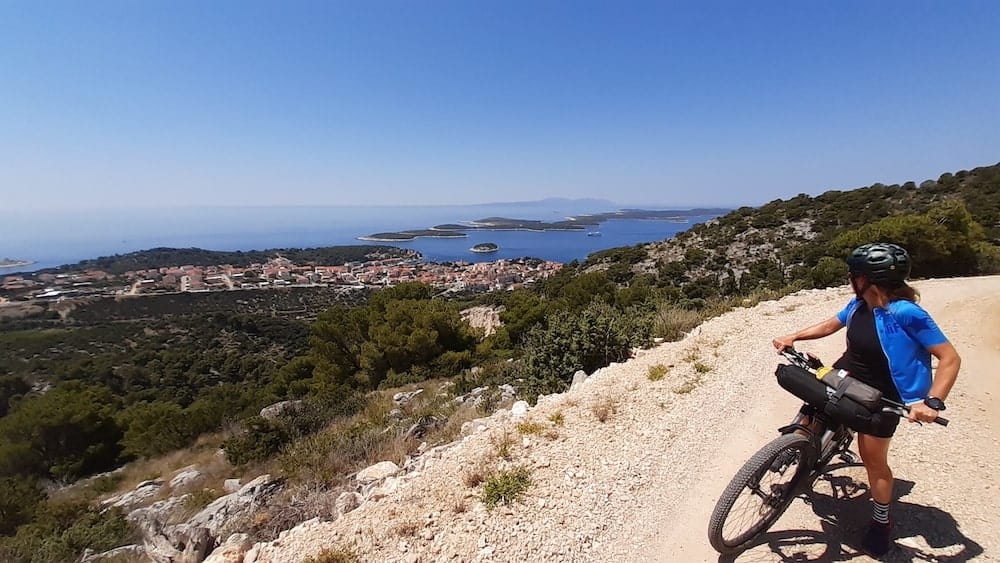
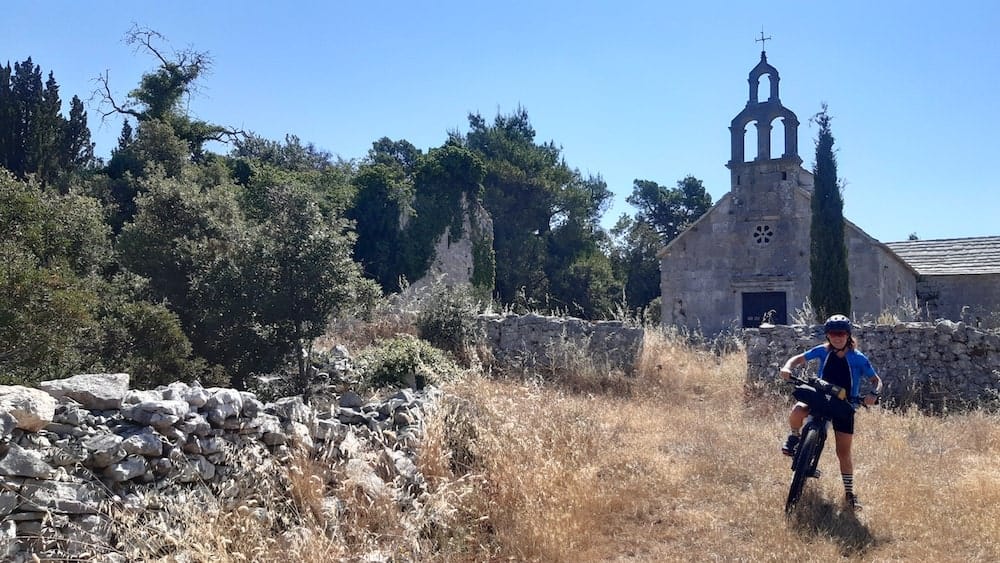
 “. I don’t sleep at night. I’m soo nervous. I dreamed of this journey so long. I studied some, but not too much. I peeked at the photos that Luca posted as he traced the island, but I didn’t want to spoil the surprise. And I did well. The trail starts uphill, of course! One of those nice climbs, 10 km with gentle hairpin bends and fairly consistent slope not more than 10%. It goes up. You always go up. Luca warned me. There are no plains. Only climbs alternated with descents. Sweet climbs; Rough climbs; hanged climbs that does not rise, because in addition to being steep, they have a bumpy and slippery bottom. Sunny climbs. Infinitely long climbs. Deceptive climbs that let you think that you arrived at the top, while instead, behind the curve, there is another hidden climb. Climbs that when you get to the top you don’t believe it. Climbs that take your breath away, but when you arrive, reserve unimaginable surprises.
“. I don’t sleep at night. I’m soo nervous. I dreamed of this journey so long. I studied some, but not too much. I peeked at the photos that Luca posted as he traced the island, but I didn’t want to spoil the surprise. And I did well. The trail starts uphill, of course! One of those nice climbs, 10 km with gentle hairpin bends and fairly consistent slope not more than 10%. It goes up. You always go up. Luca warned me. There are no plains. Only climbs alternated with descents. Sweet climbs; Rough climbs; hanged climbs that does not rise, because in addition to being steep, they have a bumpy and slippery bottom. Sunny climbs. Infinitely long climbs. Deceptive climbs that let you think that you arrived at the top, while instead, behind the curve, there is another hidden climb. Climbs that when you get to the top you don’t believe it. Climbs that take your breath away, but when you arrive, reserve unimaginable surprises.